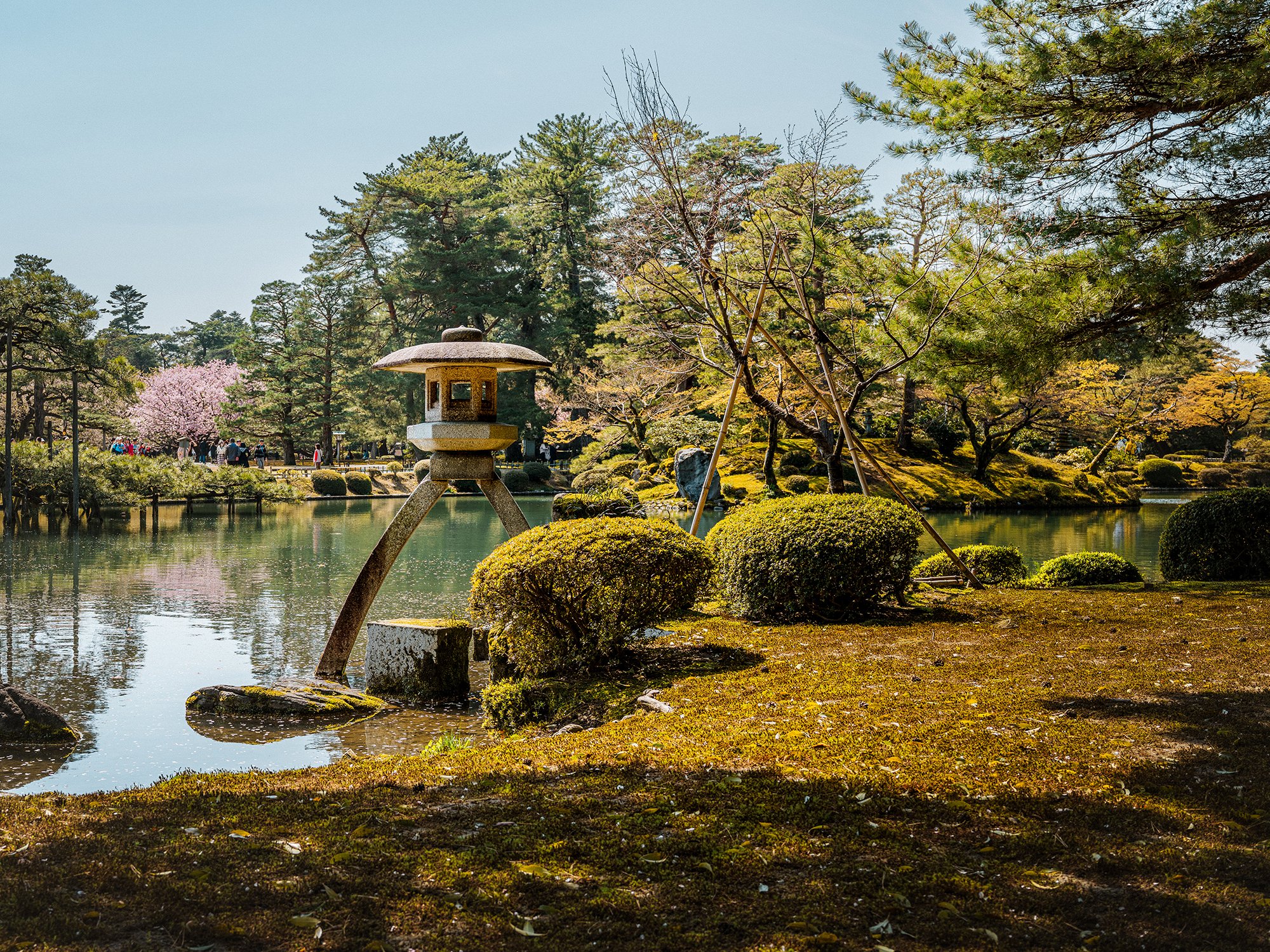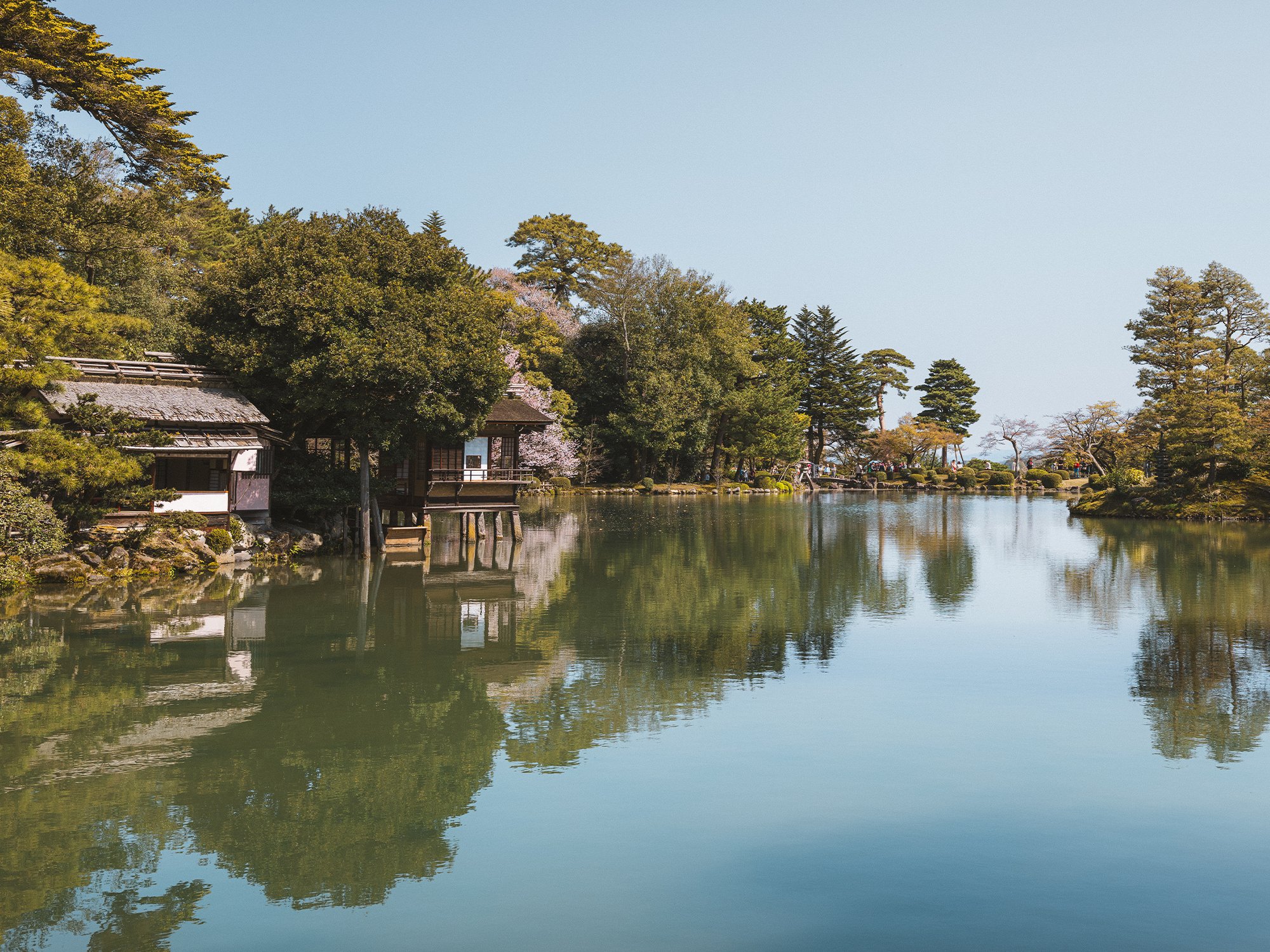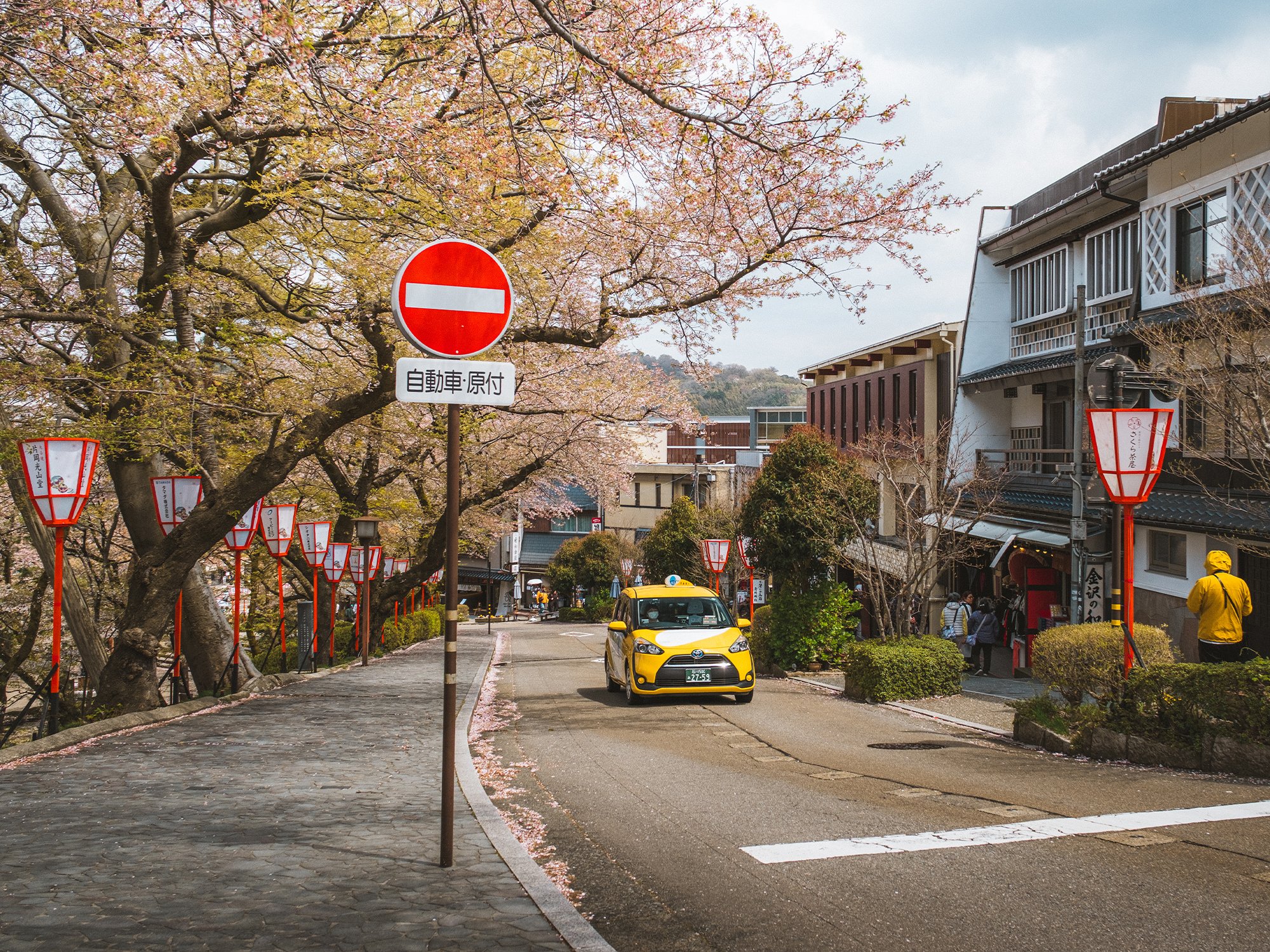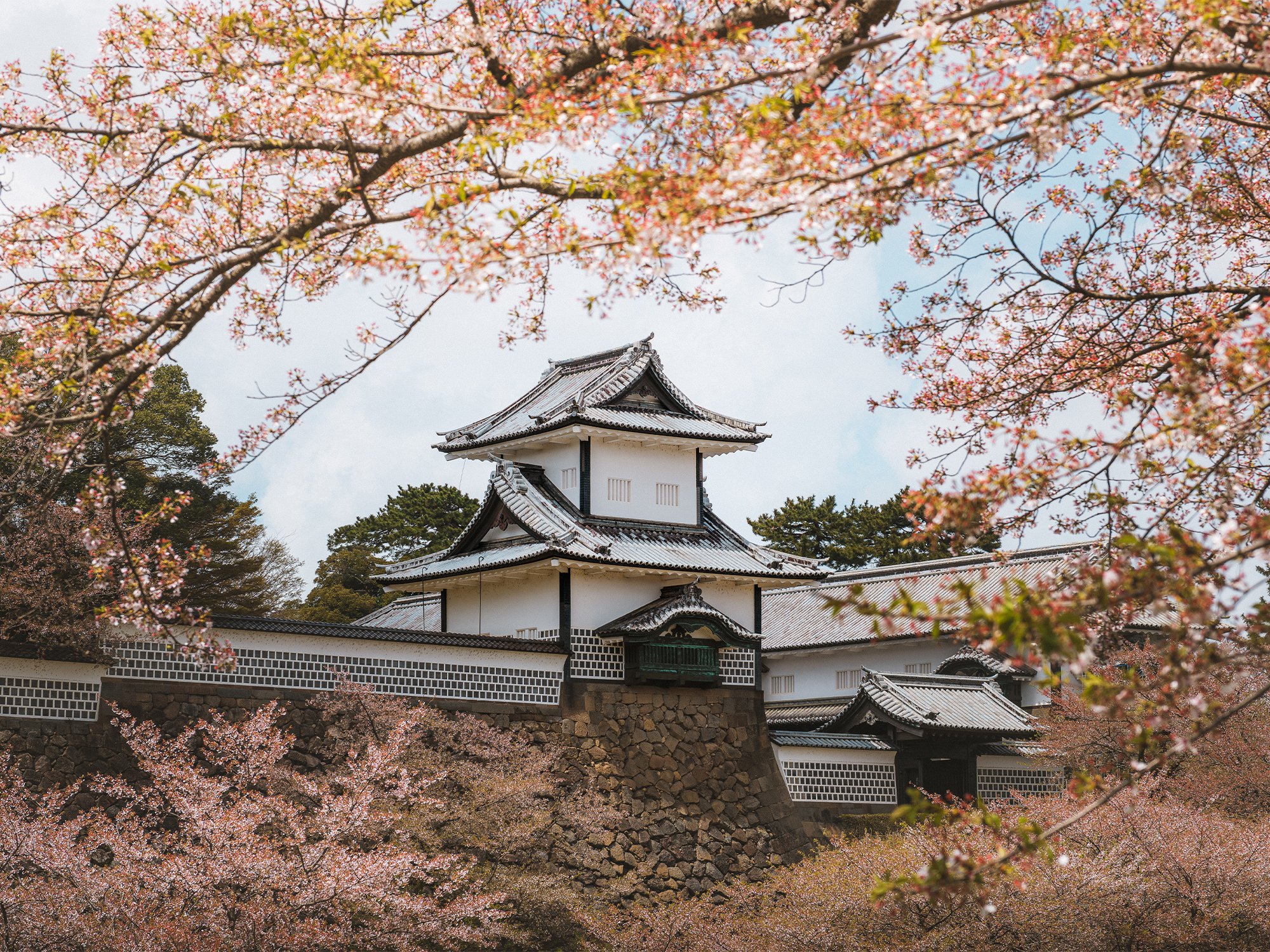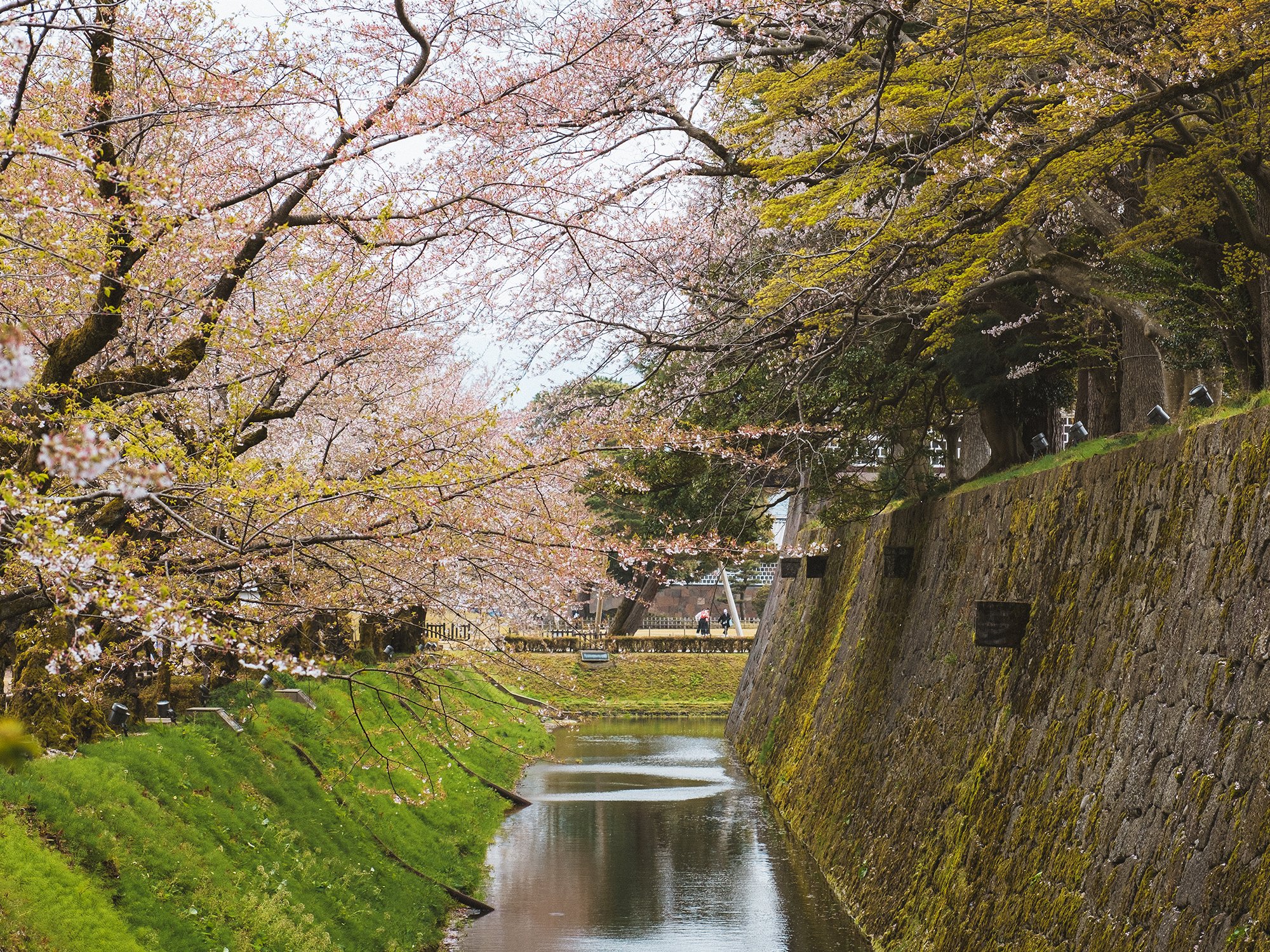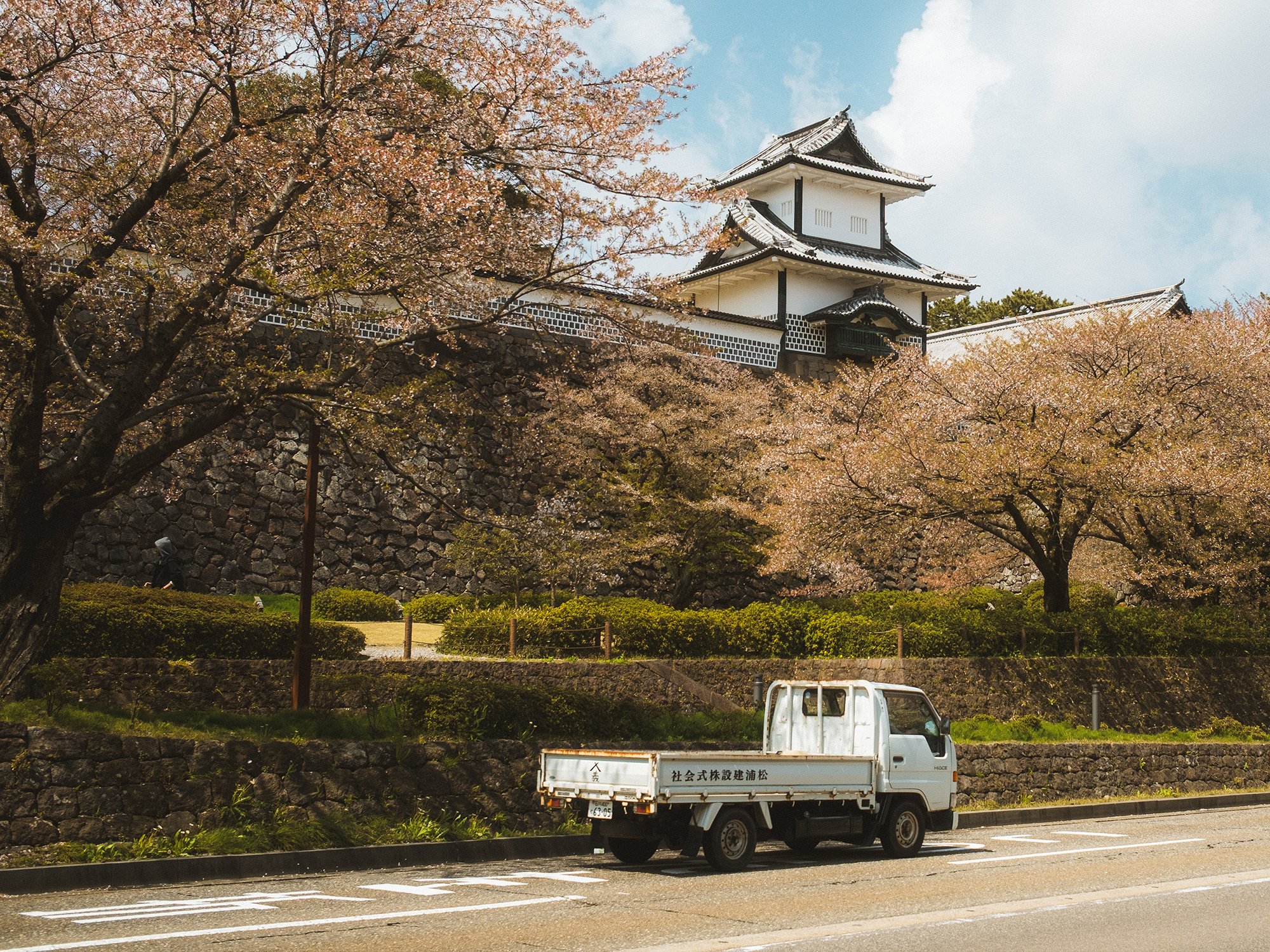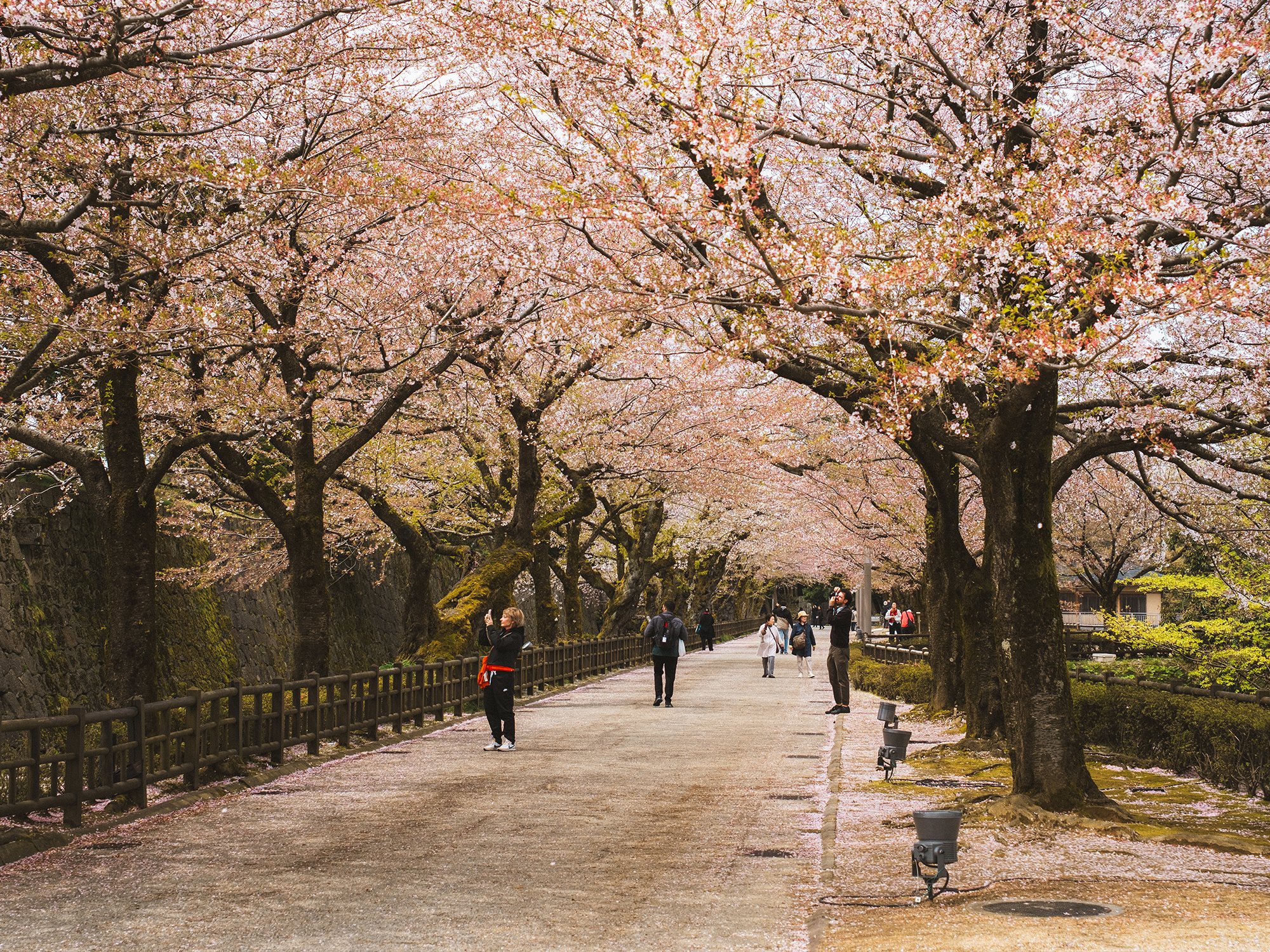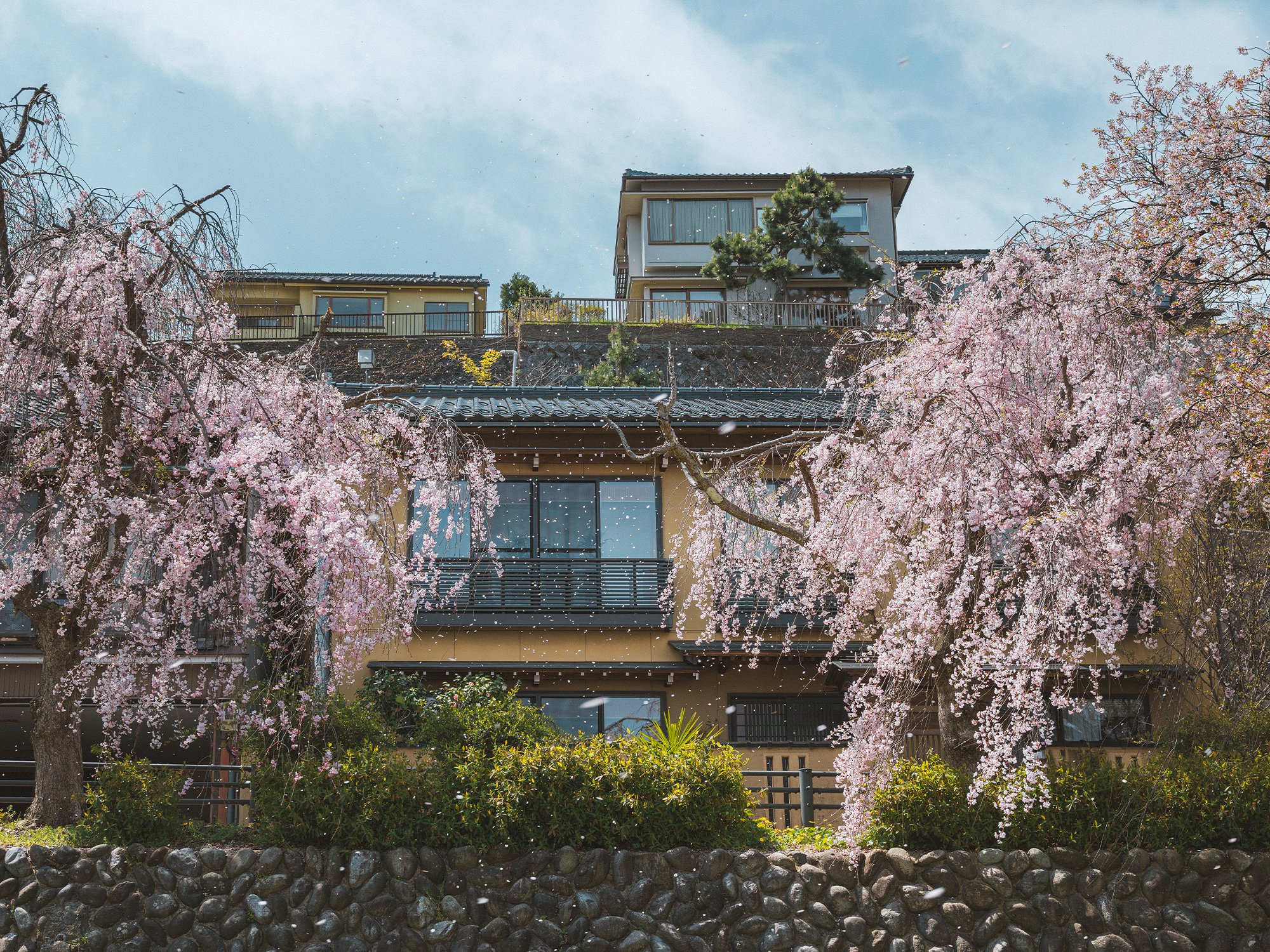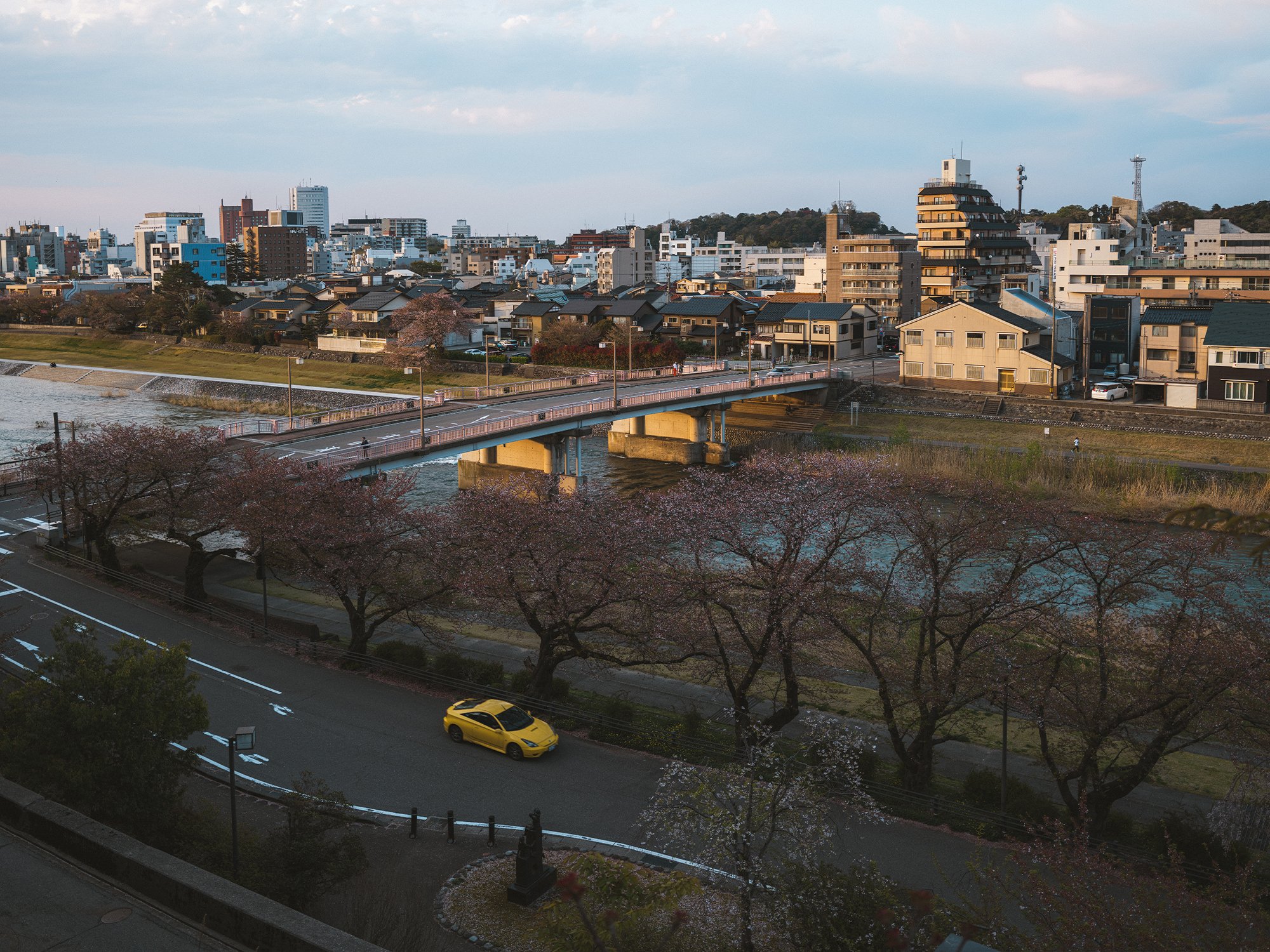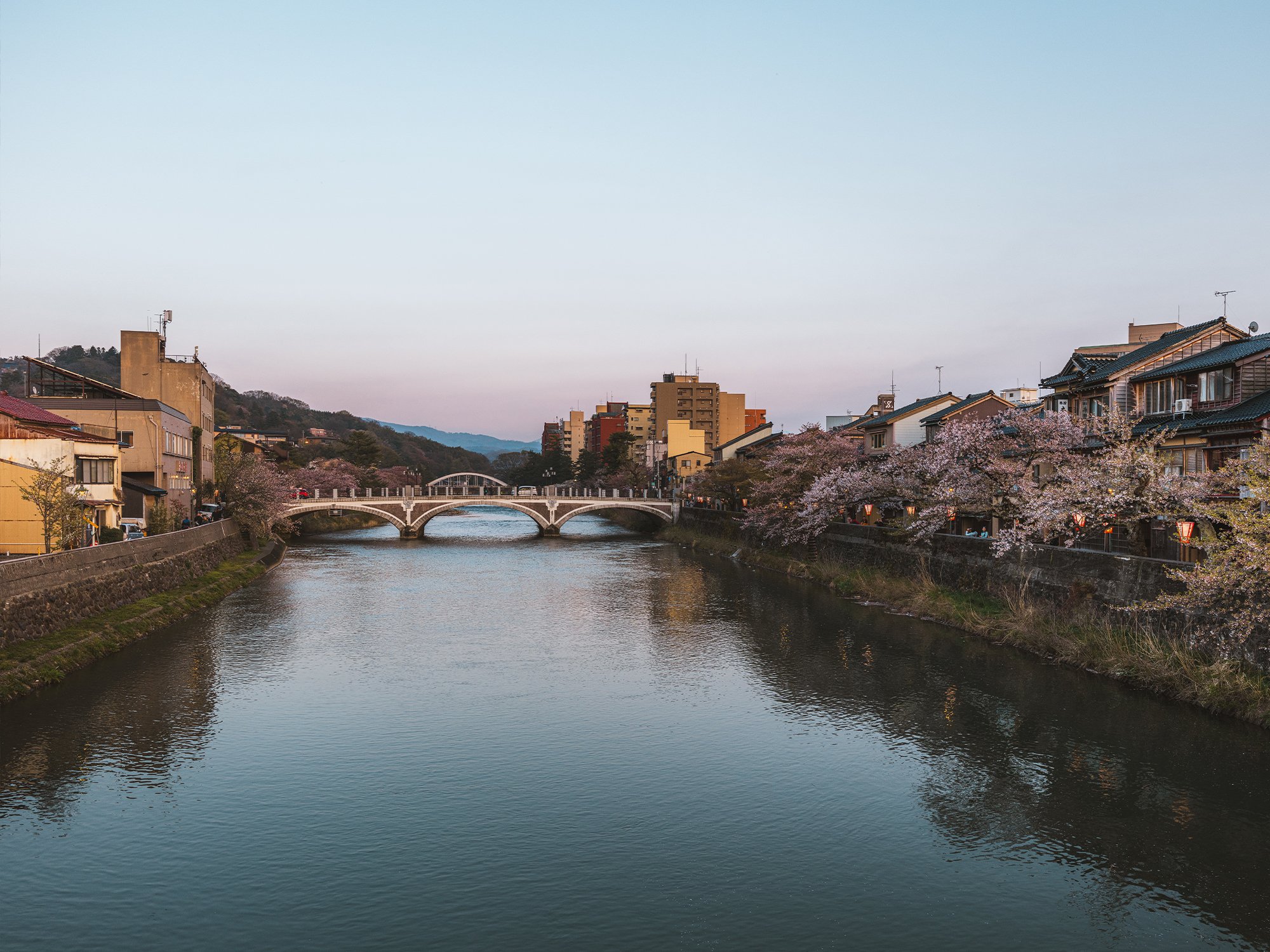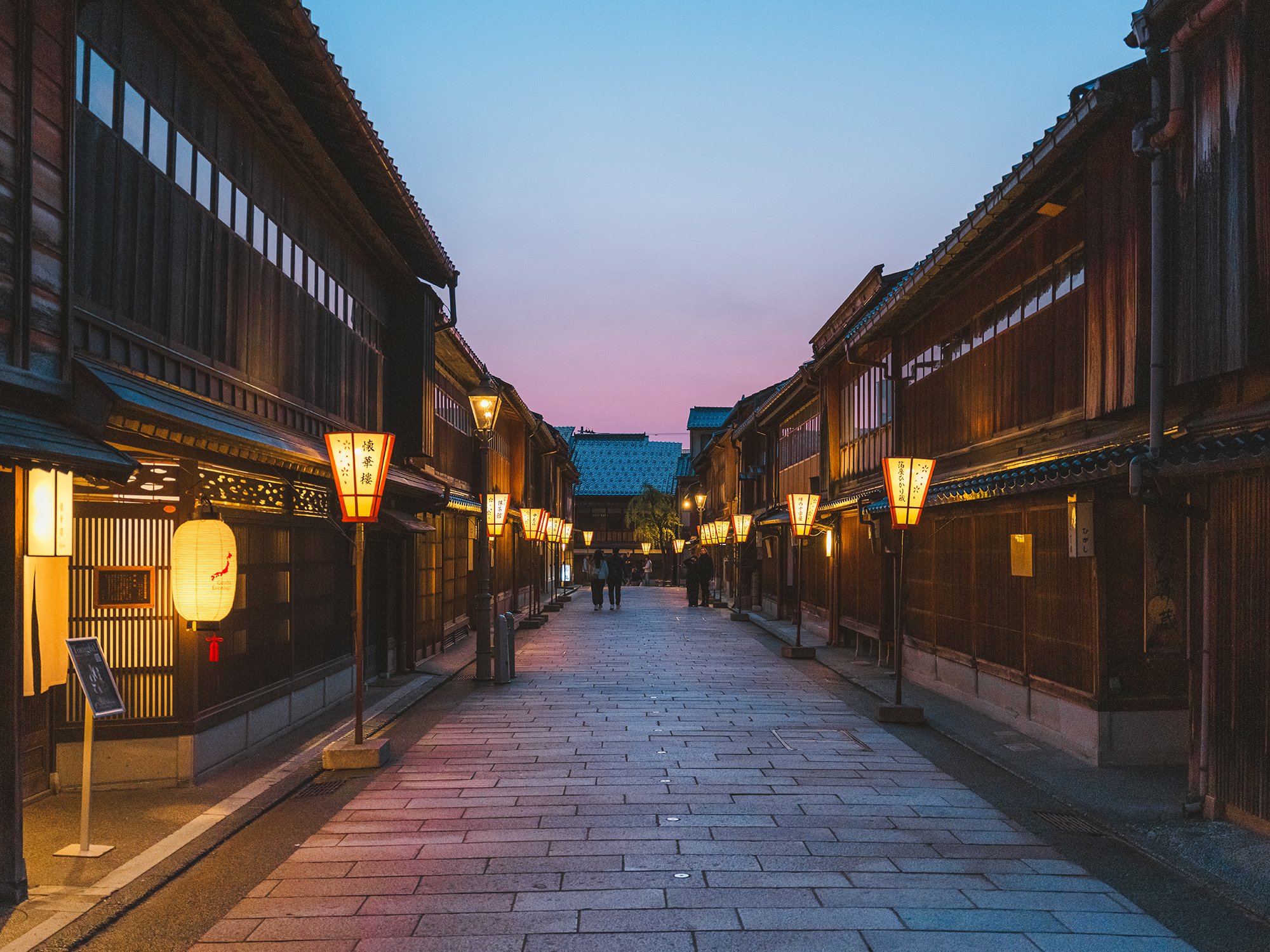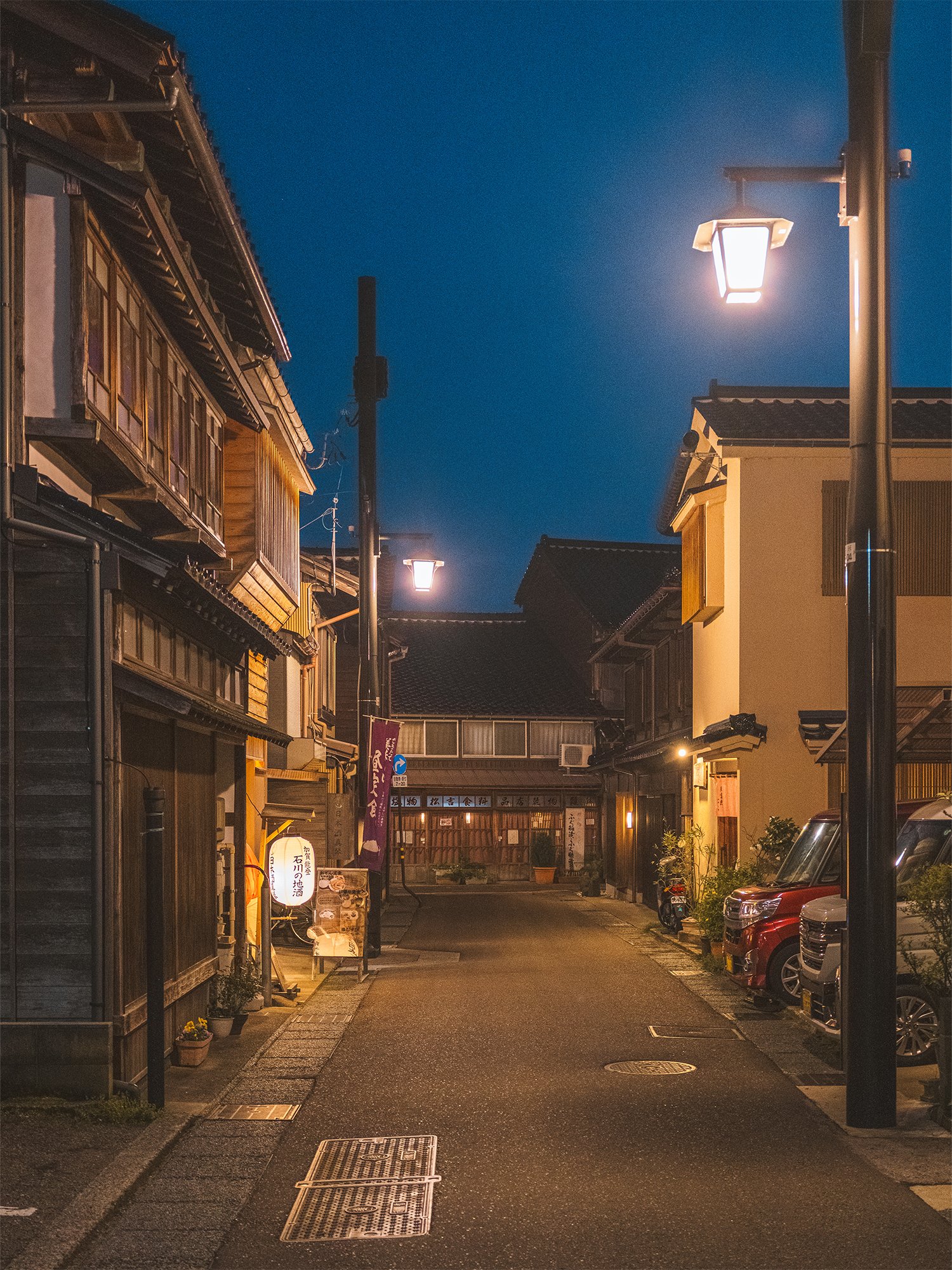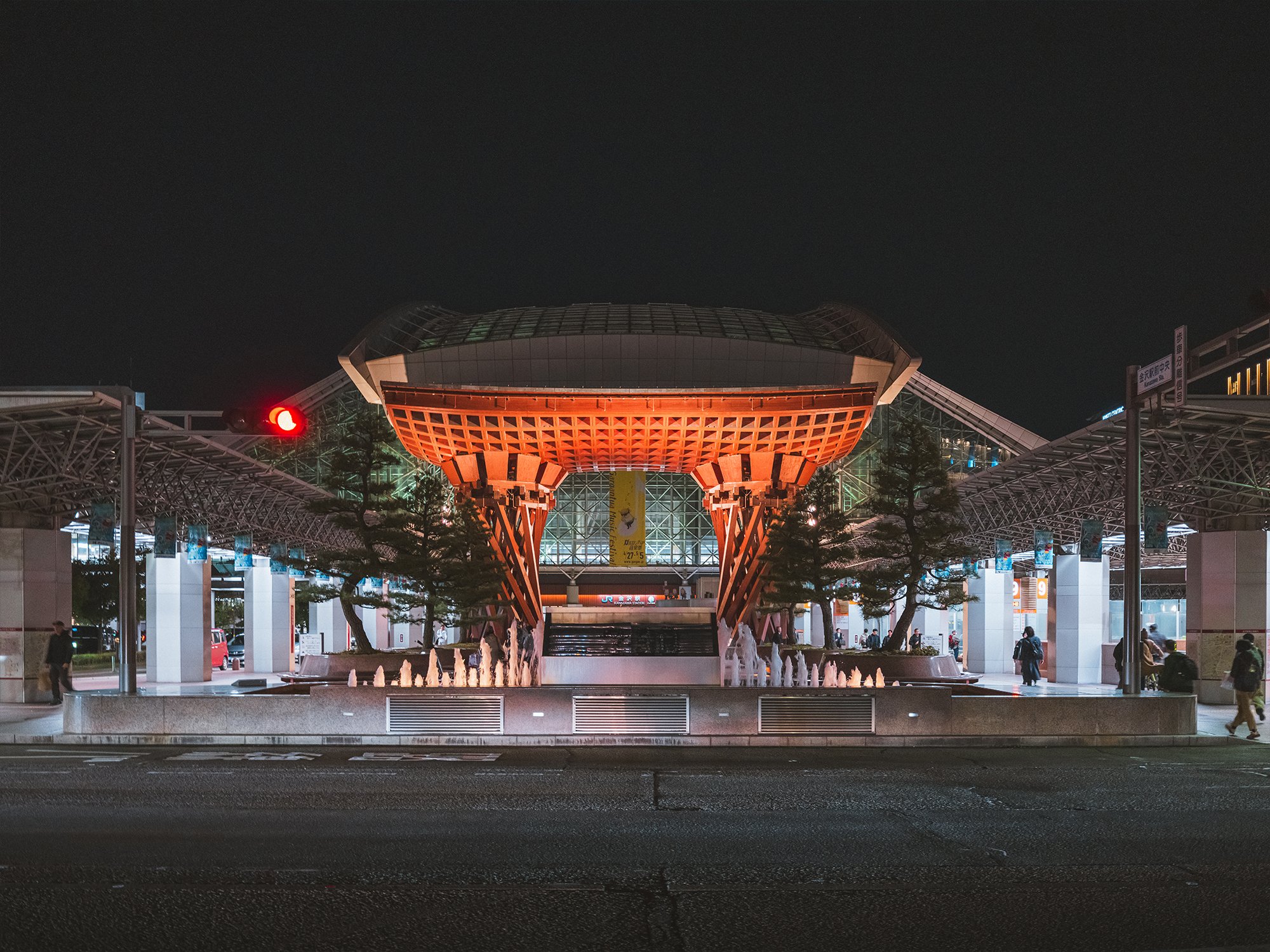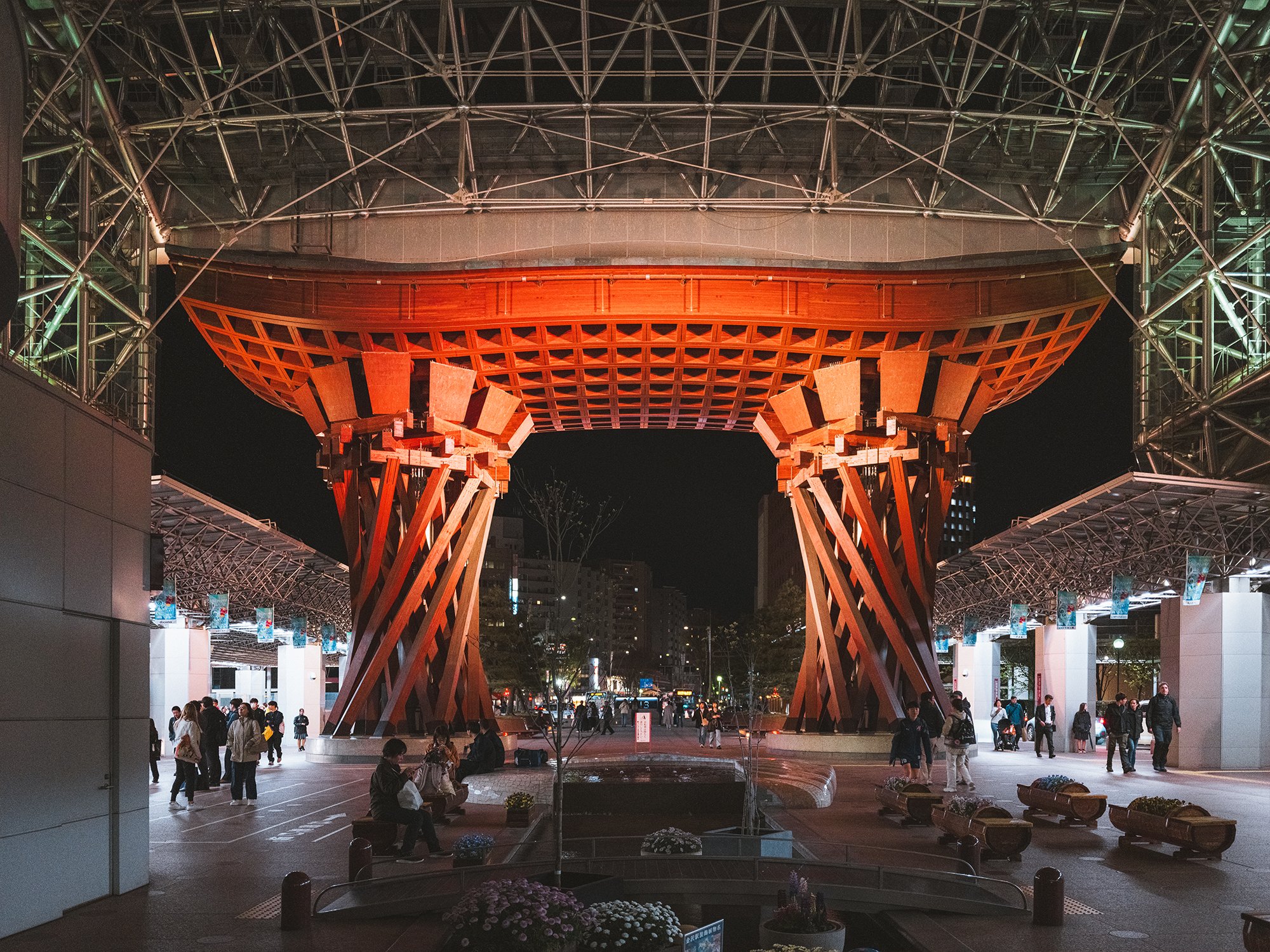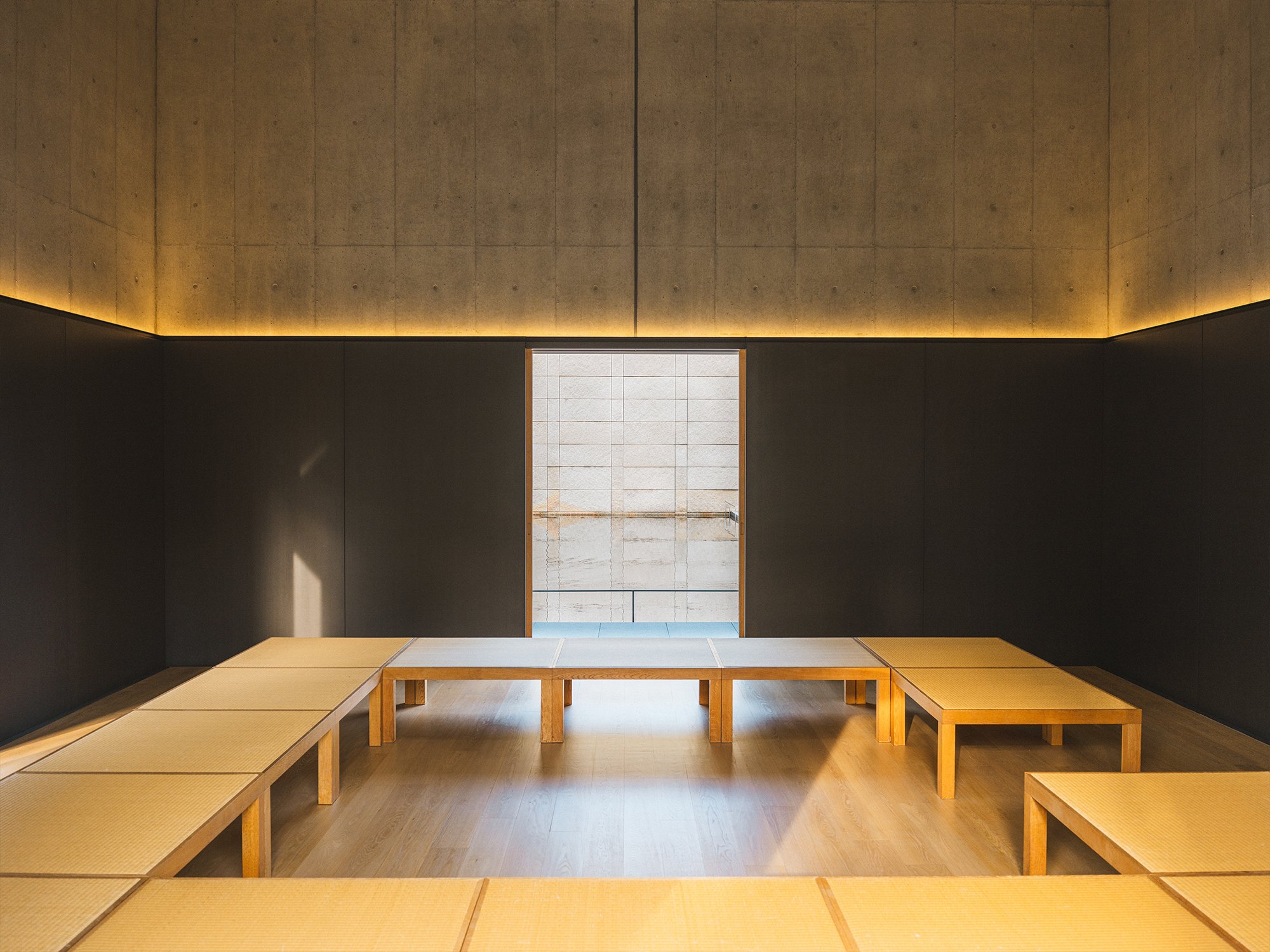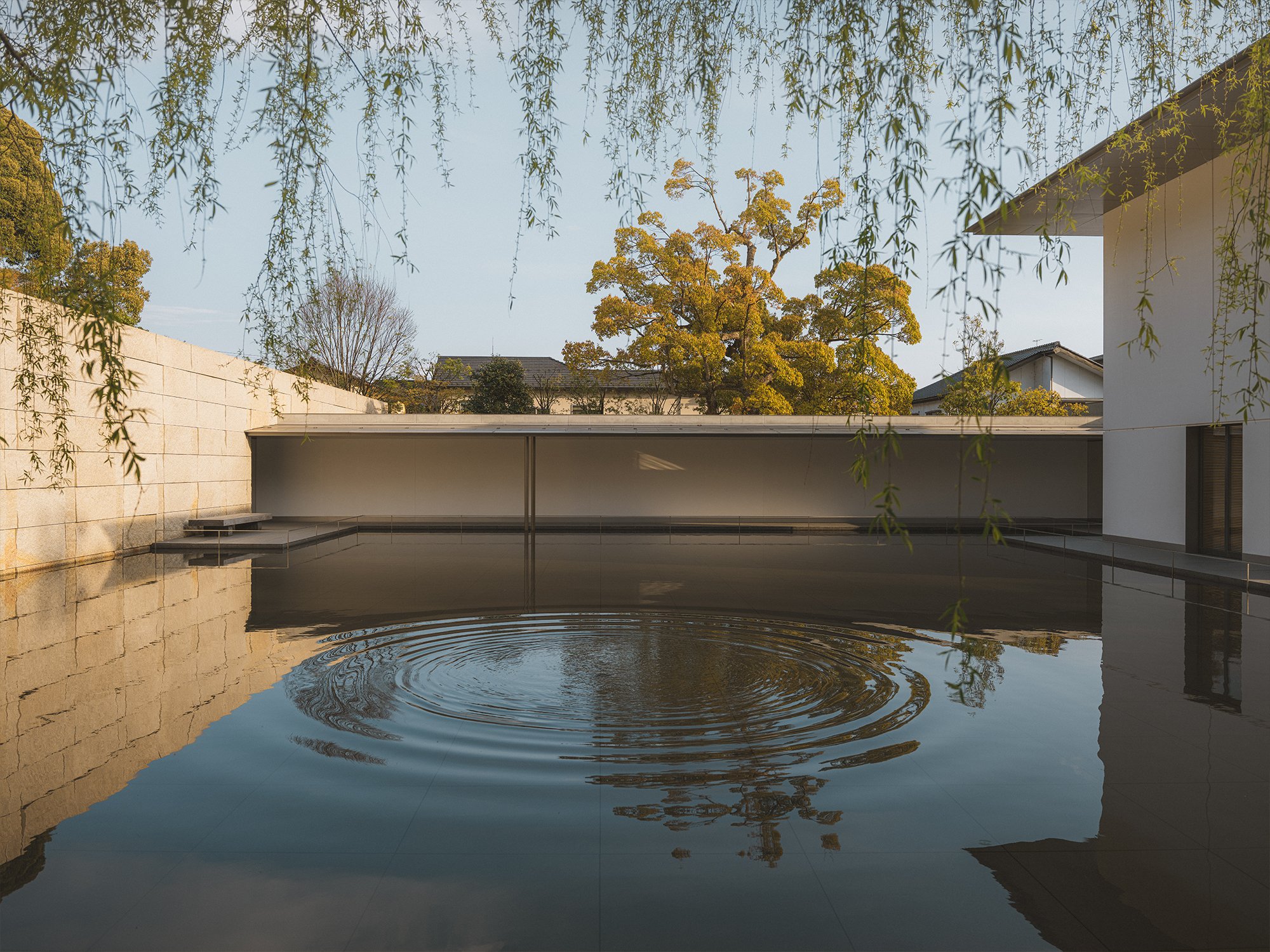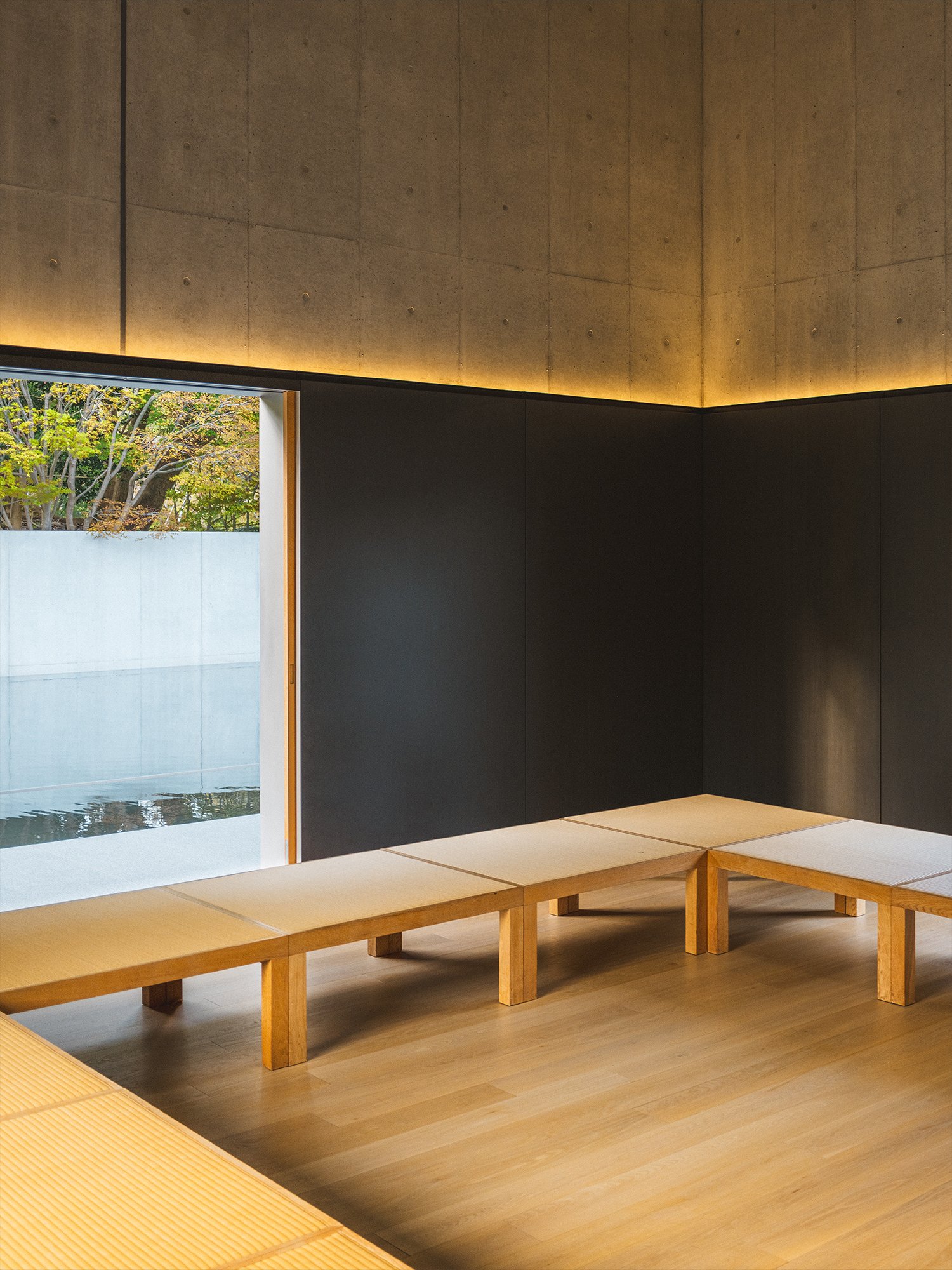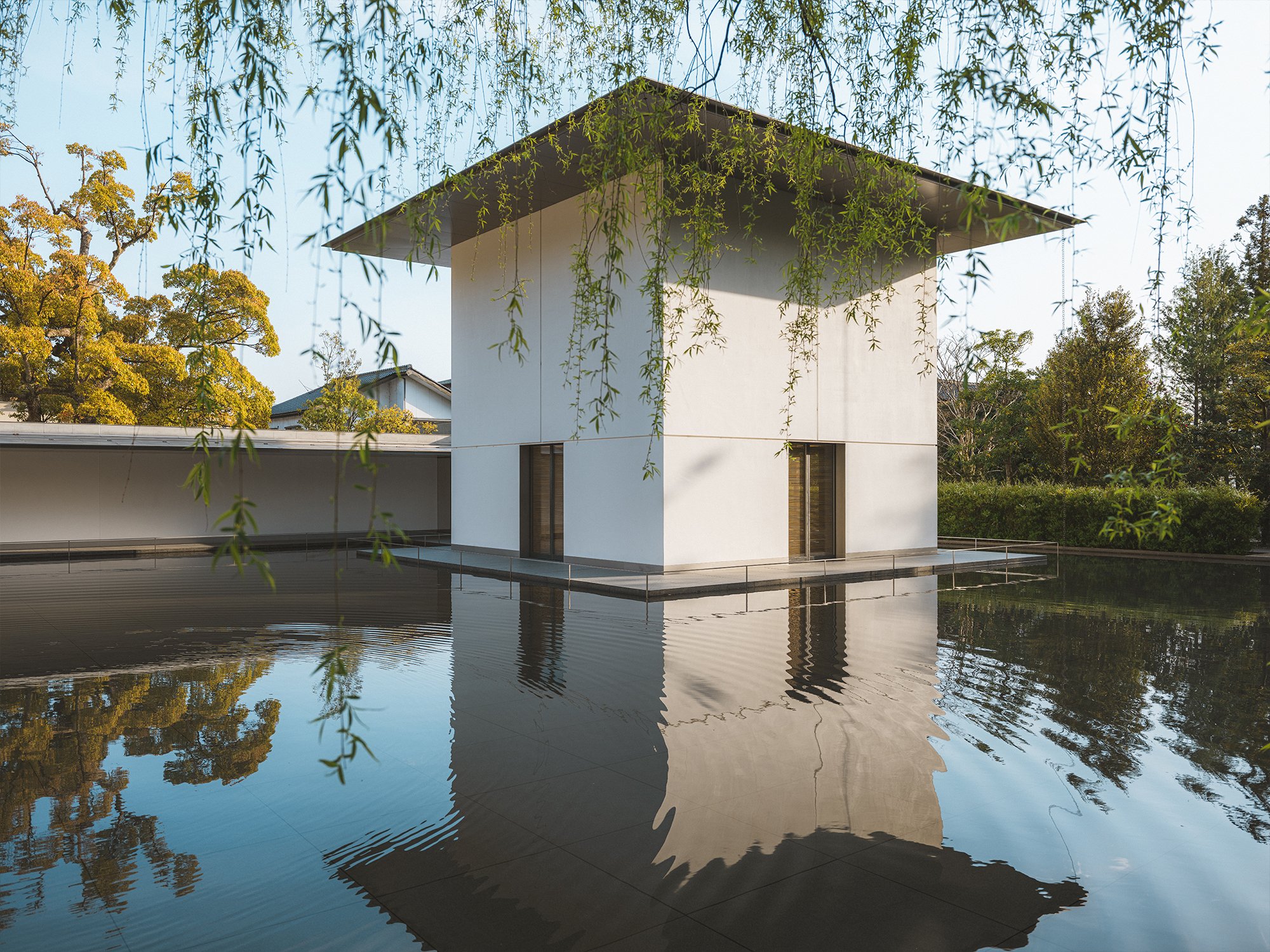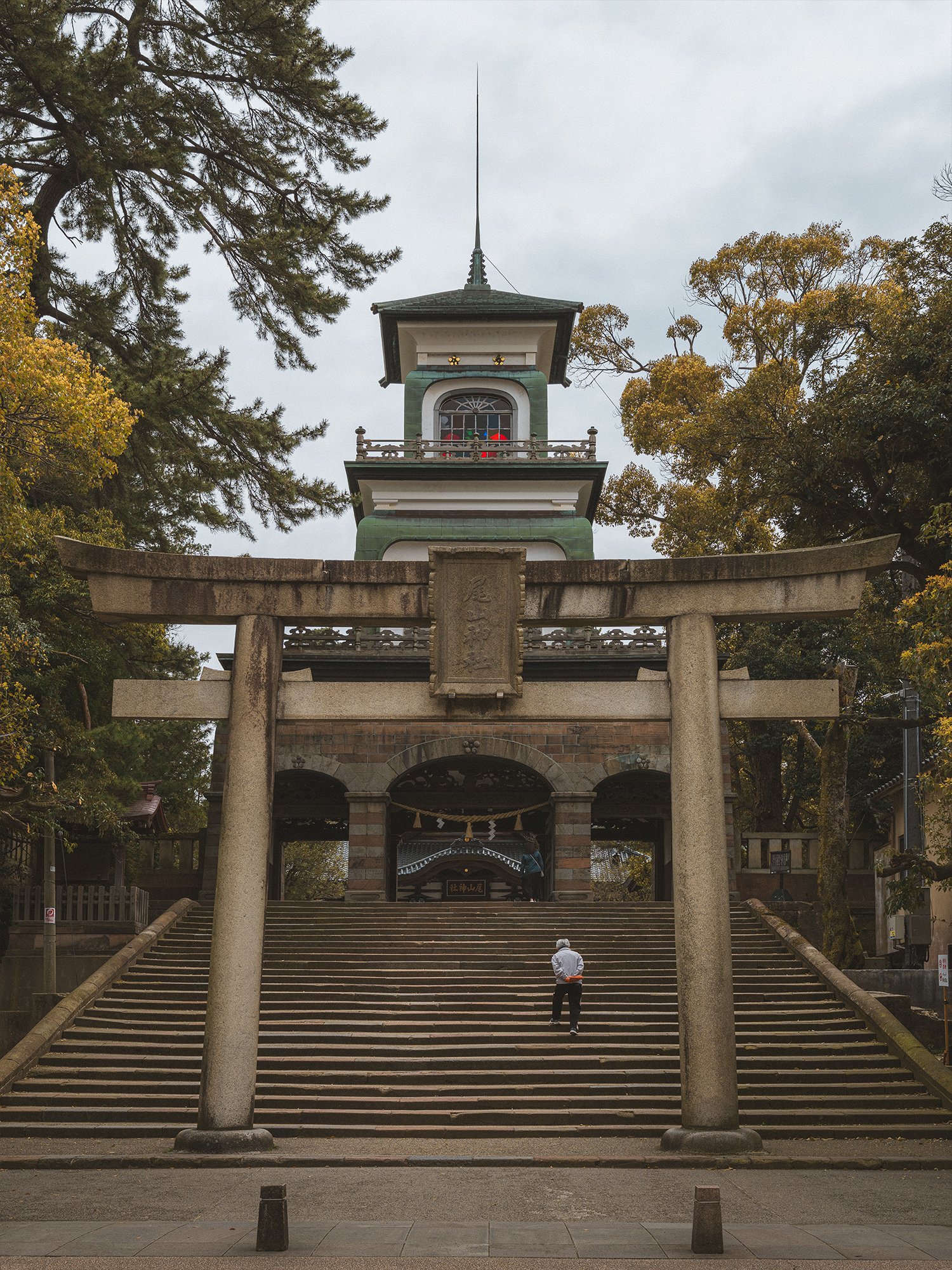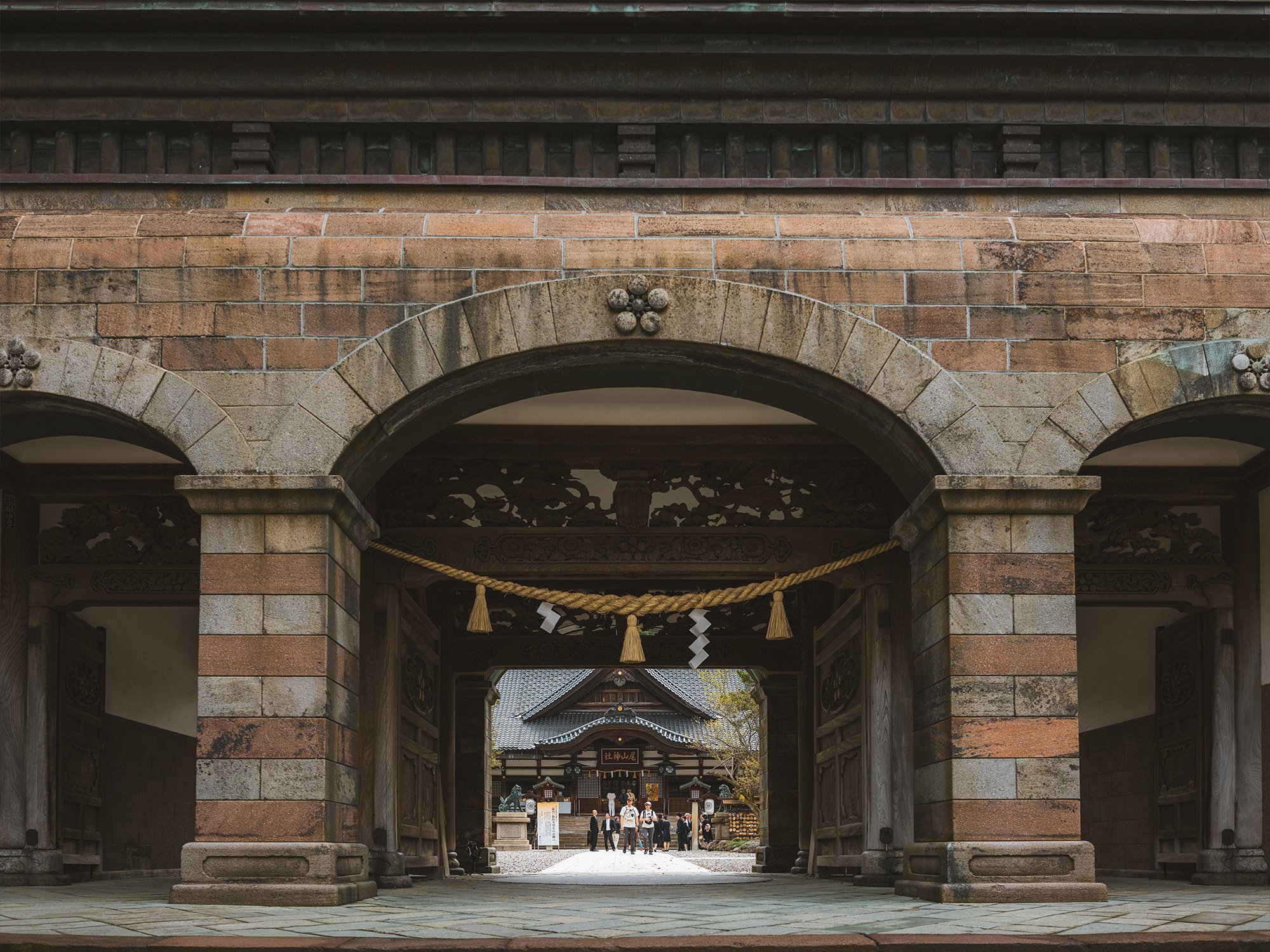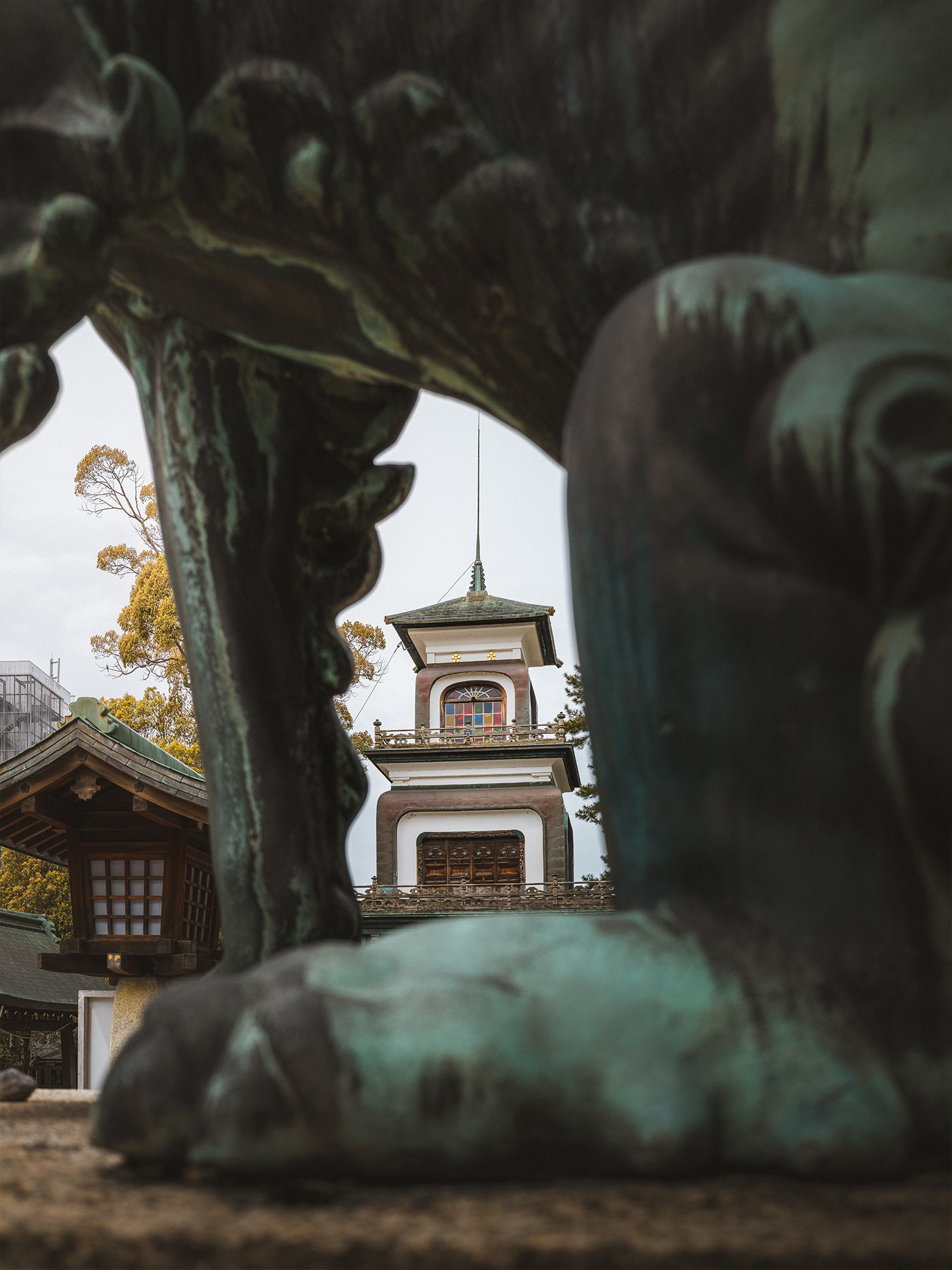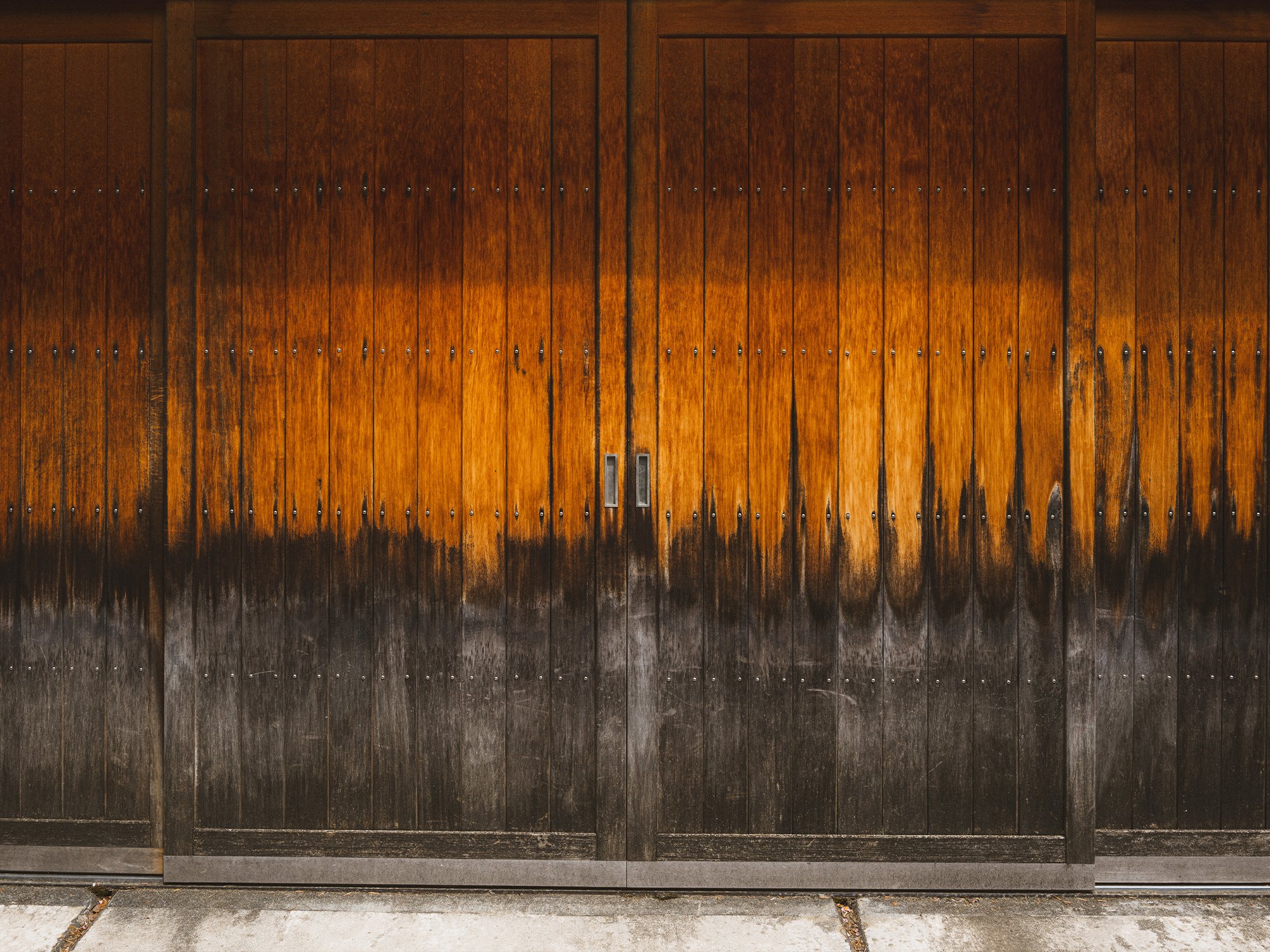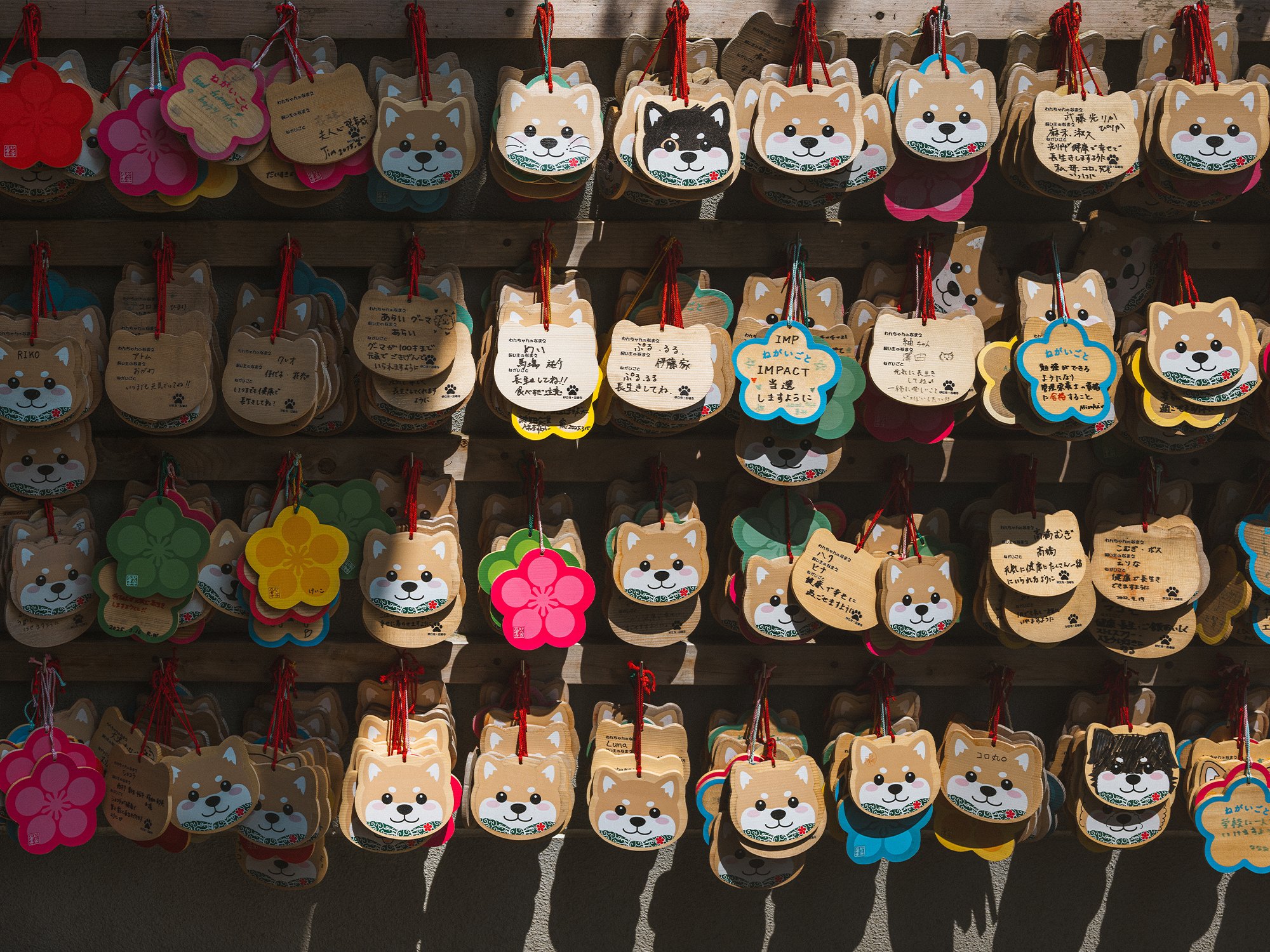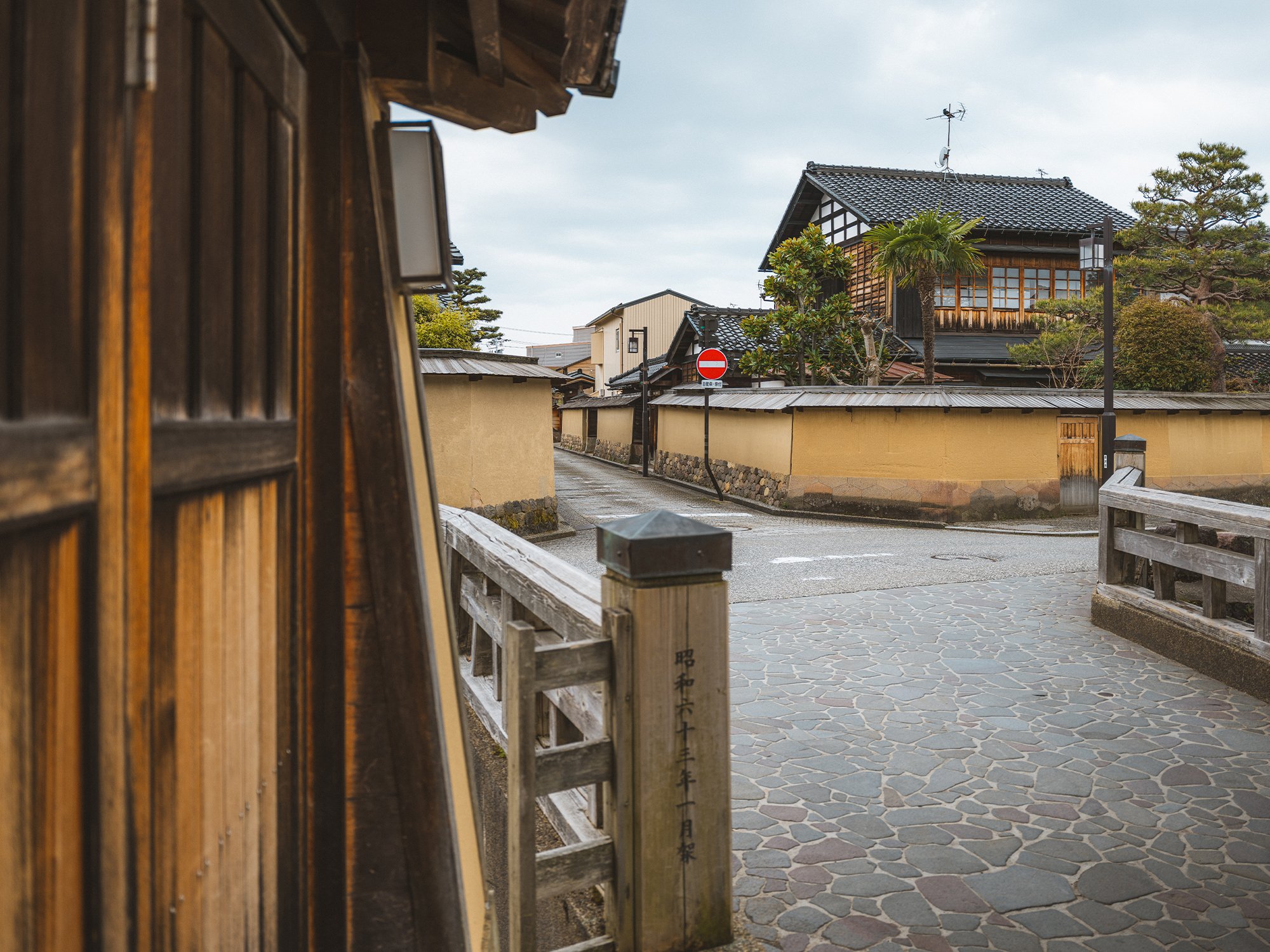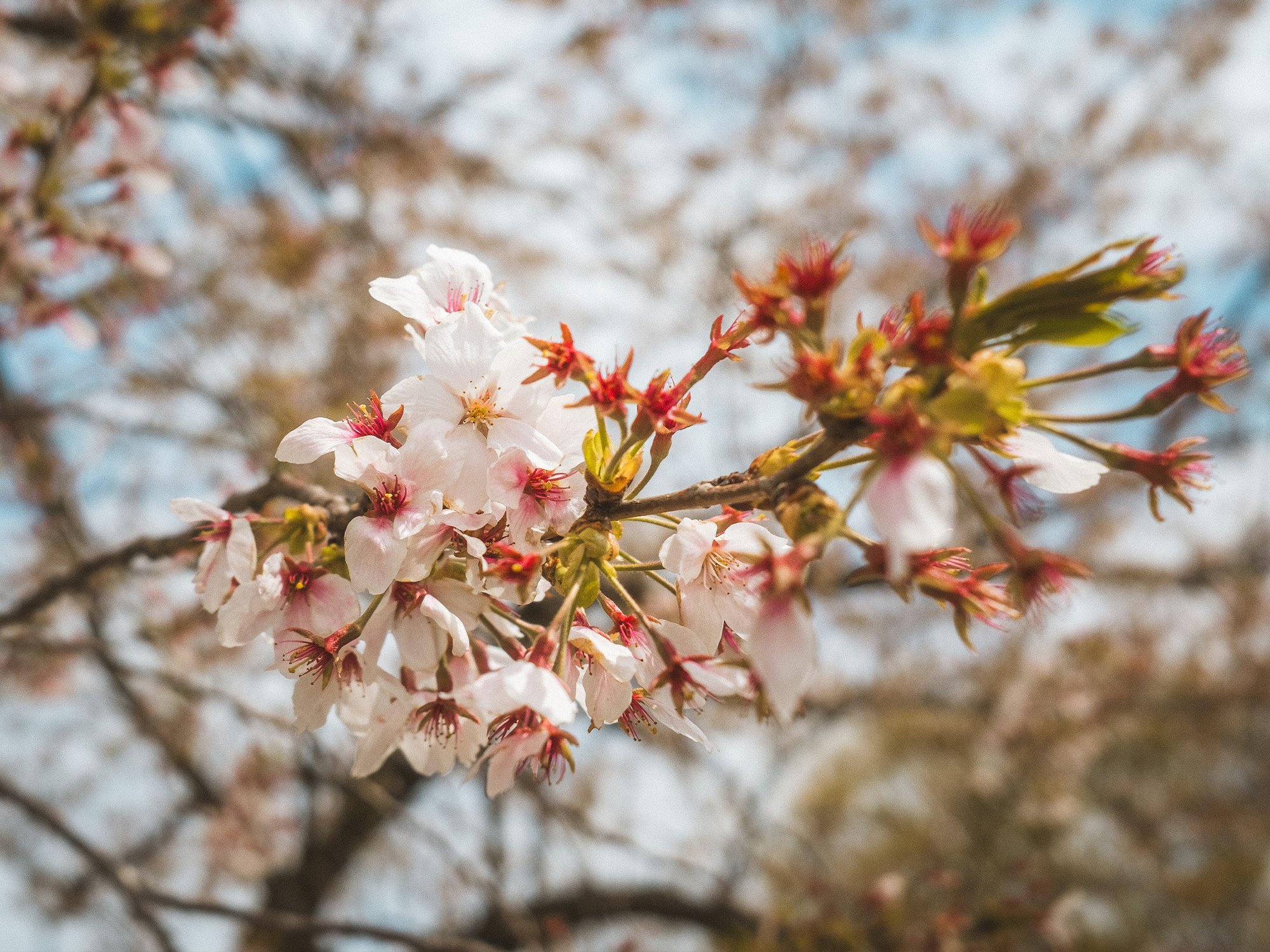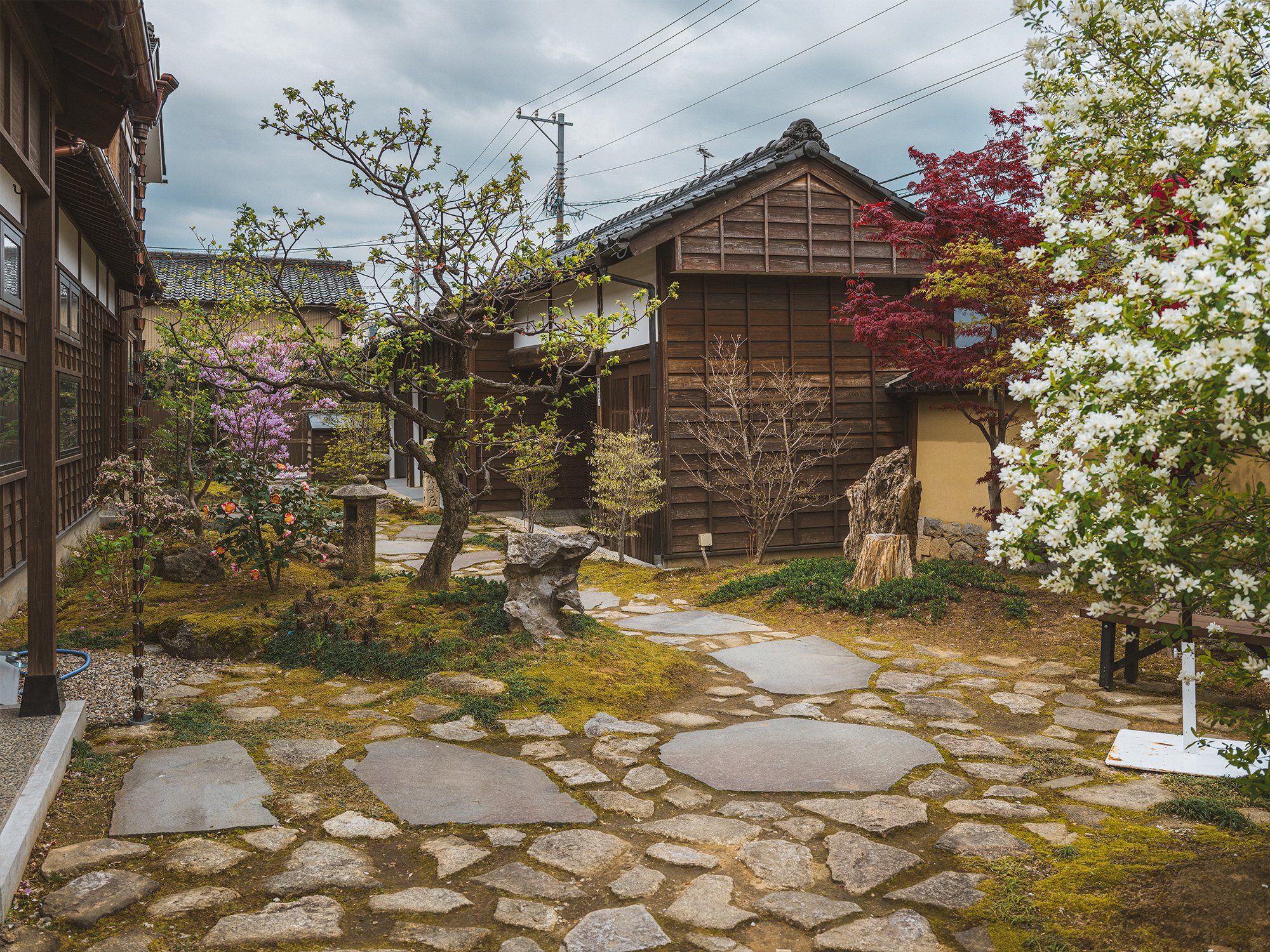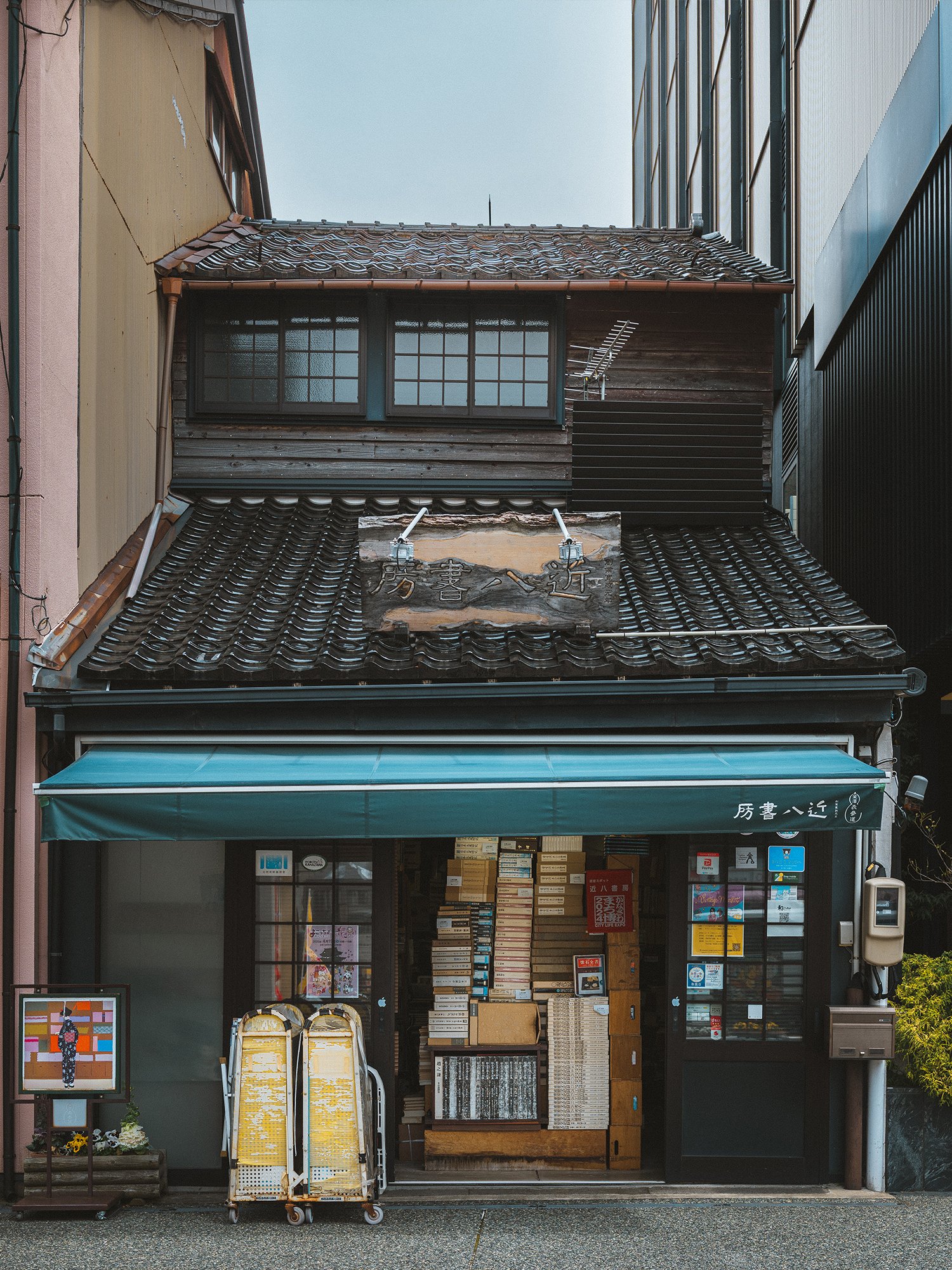Visiting Kanazawa: A Classic, Charming City
Given the volume of visitors and interest these days, it’s beyond a stretch to call any major city in Japan a “hidden gem” and I won’t lie and say Kanazawa is one. What I will say is at the writing this in June 2025, it’s significantly less crowded than Kyoto and offers much of the same historic charm - all while staying unique to its own identity. That’s not to say skip Kyoto for Kanazawa, but rather to make time for the latter after getting a bit squeezed in the former. When I first visited Kanazawa in 2023, it was much quieter than my visit just now in 2025, but still very comfortable crowds wise. It left a strong impression back then, and after my recent visit, it’s further climbed to one of my favorite cities in Japan.
In addition to sharing some history and tips on how & where to visit, I’ll share a few galleries of photos from my favorite places.
Brief History
Kanazawa City is the capital of Ishikawa Prefecture, known among other things for its rich culture and history. It became quite prominent during the Edo Period as the seat of the Maeda Clan, then only second to the Tokugawa, who governed during this period under the shogunate bearing their name. The city has many well-preserved Edo districts, including the chaya “teahouse” (really, entertainment) and samurai districts, plus great museums, a castle, and one of the most prized landscaped gardens in the whole country.
The Shinkansen expansion to Kanazawa was completed in the spring of 2015, allowing direct and easy access from Tokyo. The line going through the city has since expanded to Tsuruga in Fukui Prefecture as of spring 2024. More connectivity has definitely increased tourism, and it’s been welcomed as select hotspots in Tokyo, Kyoto, and Osaka continue to take the brunt of the overcrowding and over tourism problems.
Getting to Kanazawa
By Train & Shinkansen. The most popular way to get there and definitely my recommendation. From Tokyo, there’s direct Shinkansen service from Tokyo Station to Kanazawa on the Kagayaki service, which takes just 2 hours 30 minutes. Most services will stop in Ueno as well, if convenient for you. From Kyoto, you can take the JR Thunderbird service to Tsuruga and catch the recently expanded Shinkansen there up to Kanazawa. Depending on the connection time in Tsuruga, the journey could be as short as 1 hour 40 minutes, or as long as 2 hours and change. Like Shinkansen super-express services, the JR Thunderbird is a limited express train and a separate limited express ticket is required in addition to the basic fare. Using the Shinkansen/Express ticket vending machines and searching Kyoto Station to Kanazawa Station will issue all required tickets.
By Air. There are quite a few daily flights between Tokyo Haneda and Komatsu, the nearest airport. From Komatsu Airport it’s another 40 mins by bus to Kanazawa City Center. If your first or last stop on your Japan trip is Kanazawa, this might make sense given the ability to connect inside Haneda, otherwise it’s not as practical.
By Bus. There are buses from bigger cities like Tokyo to Kanazawa, some offering overnight services. The journey is about 7-8 hours and will provide some savings versus flying or trains, but at the cost of convenience and comfort. I’ve never tried it, and probably never will. But depending on your budget and interest, do look into it.
Getting Around Kanazawa
The city has a wide network of buses, which serve as the primary public transportation option in Kanazawa. Plenty of neighborhoods are walking and bicycle friendly as well, and you’ll spot bike sharing services (like Machi-nori) almost everywhere you go. If you’re out late or running late, taxis can be hailed with the Uber and GO apps.
For tourists, there is a dedicated Kanazawa Loop Bus system, which operates in both a clockwise (Right) and counterclockwise (Left) direction from Kanazawa Station. The buses are easy to find at the Kanazawa Station East Gate, and there’s usually attendants there to help you. The approximate schedule is as follows, but check VisitKanazawa for most recent info:
Right Loop Bus. Operates approximately every 15 minutes from 8:30 a.m. to 6:00 p.m.
Kanazawa Station East Gate → Omicho Market → Higashi Chaya District → Kenrokuen Garden/Kanazawa Castle → 21st Century Museum of Contemporary Art, Kanazawa → Nagamachi Samurai District → Oyama Jinja Shrine → Omicho Market → Kanazawa Station East Gate
Left Loop Bus. Operates approximately every 20 minutes from 8:38 a.m. to 5:58 p.m.
Kanazawa Station East Gate → Omicho Market → Oyama Jinja Shrine → Nagamachi Samurai District → Katamachi → Nishi Chaya District → 21st Century Museum of Contemporary Art, Kanazawa → Kenrokuen Garden/Kanazawa Castle → Higashi Chaya District → Omicho Market → Kanazawa Station East Gate
For payment, only the Kanazawa Loop Bus takes IC cards like SUICA/PASMO. Other Kanazawa city buses will not accept other IC cards except the local version called ICa (pronounced aika) which isn’t practical to get for short-term visitors. These buses now accept credit card tap to pay, if your card supports contactless payments: Kanazawa Loop Bus, Hokutetsu Local-Line Bus, Kanazawa Shopping Bus. Also always helps to keep some cash on you in case of issues.
There are one-day tourist passes which can be purchased near the boarding area of the bus from a ticket agent. You can’t buy the passes on the bus from the driver.
Places to See
Kanazawa Station. More than a transit hub, Kanazawa Station is renowned for its modern architecture, featuring the Tsuzumi-mon Gate and Motenashi Dome. The gate's design resembles traditional hand drums, symbolizing hospitality, and it’s especially breathtaking when illuminated at night. The station seamlessly blends contemporary design with cultural motifs, welcoming visitors to the city.
Oyama Jinja (Shrine). Established in 1599, Oyama Shrine is dedicated to Maeda Toshiie, the first lord of the Kaga Domain. Its distinctive gate blends Japanese, Chinese, and Western architectural elements, featuring stained glass windows on its tower. The serene gardens and pond provide a peaceful retreat in the city center. It’s common to see wedding or graduation photos take place here, depending on the season.
Kenroku-en Garden. Kenroku-en is one of Japan’s Three Great Gardens, renowned for its seasonal beauty and harmonious design. Spanning nearly 25 acres, it features meandering paths, serene ponds, and the iconic two-legged Kotoji-tōrō lantern. In winter, visitors can witness the unique yukitsuri ropes supporting tree branches to protect them from heavy snow. It’s a scene I hope to see for myself one day. This is definitely a tourist hotspot and one I recommend coming to at opening to enjoy it before the tours start.
Kanazawa Castle Park. Adjacent to Kenrokuen, Kanazawa Castle Park showcases reconstructed structures like the Ishikawa Gate and Hishi Yagura turret, reflecting Edo-period architecture. The expansive grounds offer scenic walks, especially during cherry blossom season. The castle's history dates back to the 16th century, serving as the Maeda clan's residence.
Higashi Chaya District. This historic geisha district transports visitors to the Edo period with its preserved wooden teahouses and cobblestone streets. Many buildings now house cafes, shops, and museums, offering insights into traditional Japanese culture. Evening strolls reveal the district's enchanting ambiance under lantern light.
Kazuemachi Chaya District. This is a charming and lesser-known geisha district nestled along the Asano River, just across from the more popular Higashi-Chaya. Its narrow alleyways and traditional wooden buildings create a quiet, nostalgic atmosphere that comes alive with that same soft lantern light in the evenings. Though more discreet, the district remains an active center for geisha performances and traditional culture.
Nishi-Chaya District. The last of Kanazawa’s three historic geisha districts, known for its quieter, more local atmosphere compared to the popular Higashi-Chaya. The area preserves traditional wooden teahouses where geisha still perform music and dance, though most remain private. The Nishi-Chaya Shiryokan Museum offers a glimpse into the district’s cultural heritage and the world of geisha.
Omicho Market. Dubbed "Kanazawa's Kitchen," Omicho Market has been the city's primary fresh food market since the Edo period. It's renowned for its seafood, especially crab and sushi, reflecting Kanazawa's coastal location. Visitors can enjoy fresh meals at various stalls and restaurants within the bustling market. This is a great place to grab lunch or a snack.
Nagamachi Samurai District. Once home to samurai of the Maeda clan, Nagamachi retains its historic atmosphere with narrow lanes and earthen walls. The Nomura-ke Samurai Residence offers a glimpse into samurai life, featuring a restored home and garden. Seasonal changes enhance the district's charm, making it a picturesque area year-round.
Ninja Temple (Myoryu-ji). Despite its name, Myoryu-ji wasn't home to ninjas but features deceptive defenses like hidden rooms and trapdoors. Built by the Maeda clan, the temple served as a covert military outpost under the guise of a religious site. Guided tours reveal its ingenious architecture and secretive design, and are required to enter the temple.
D.T. Suzuki Museum. This minimalist museum honors Daisetz Teitaro Suzuki, a prominent Buddhist philosopher from Kanazawa. The architecture emphasizes contemplation, with water features and open spaces reflecting Zen principles. Exhibits detail Suzuki's life and contributions to spreading Zen Buddhism in the West. If you like calm, powerful architectural spaces, I wouldn’t miss this.
21st Century Museum of Contemporary Art. Known for its circular glass architecture, this museum exhibits contemporary artworks from international artists. Highlights include Leandro Erlich's "Swimming Pool," which creates an optical illusion of people underwater. The museum's design encourages exploration from multiple entry points, integrating art with the city's fabric.
Ishikawa Prefectural Museum of Traditional Arts and Crafts. Situated near Kenrokuen, this museum displays Ishikawa's rich heritage of crafts, including lacquerware, ceramics, and textiles. Interactive exhibits and workshops offer hands-on experiences with traditional techniques. It's an educational stop for those interested in regional artistry.
Day Trips from Kanazawa
There are a few day trip options from Kanazawa, depending on how much time you have and level of interest.
Shirakawa-go. A UNESCO World Heritage site famous for its traditional gassho-zukuri farmhouses, designed with steep thatched roofs to withstand heavy snow. The village offers a timeless atmosphere, especially during winter when it's blanketed in snow and illuminated at night. Visitors can explore preserved homes, stay in local inns, and learn about rural life in Japan's past. Tour buses are bookable online and depart Kanazawa Station daily outside of winter.
Hida-Takayama. Often called "Little Kyoto of the Alps," Hida-Takayama is known for its beautifully preserved Edo-period streets and merchant houses. The city's morning markets, sake breweries, and traditional festivals offer an immersive cultural experience. Surrounded by mountains, it also serves as a gateway to the Japanese Alps and rural Gifu. Many tour companies provide day-trip tour packages that include Shirakawa-go and Hida-Takayama.
Toyama City. A coastal city framed by the dramatic Tateyama mountain range, offering scenic views and easy access to outdoor adventures. It's known for its fresh seafood, particularly firefly squid and yellowtail, and its role as a starting point for the Tateyama Kurobe Alpine Route. The city also features sleek modern architecture and art museums alongside historic canals and tram lines. A favorite spot is the Toyama Library, which also houses the Glass Art Museum.
Noto Peninsula. The Noto Peninsula juts into the Sea of Japan and is famed for its rugged coastline, traditional fishing villages, and slow-paced rural charm. Highlights include scenic drives along the coast, local salt farms, and unique cultural festivals like the Kiriko Lantern Festival. It’s an ideal destination for travelers seeking off-the-beaten-path experiences and authentic local life. The area was heavily impacted by earthquakes in early January 2024, so please research beforehand to see what is open and support recovering businesses where possible.
Where to Stay
There are many modern hotels around Kanazawa Station. Staying nearby gives you the easiest access to the Loop Bus, day-trip tour buses, and other conveniences. I typically try to stay around this area.
If you like shopping and nightlife, Korinbo might be the area for you. Tons of high street shops & department stores, plus it’s close to Nagamachi, Oyama Shrine, and Kanazawa Castle Park.
It’s quite popular to stay at a traditional machiya inn, for a unique and authentic experience. These will be near the historic teahouse districts. Some machiya may even be ryokan with hot springs and meal services included.
Photography in Kanazawa
Like so many places in Japan, Kanazawa is a photographer’s dream. From the Edo vibes & architecture to the beautiful gardens & green spaces, I think there are subjects and compositions out there for everyone. Here’s a small gallery of my favorite Kanazawa images from my two trips in 2023 & 2025.
2023 Gallery
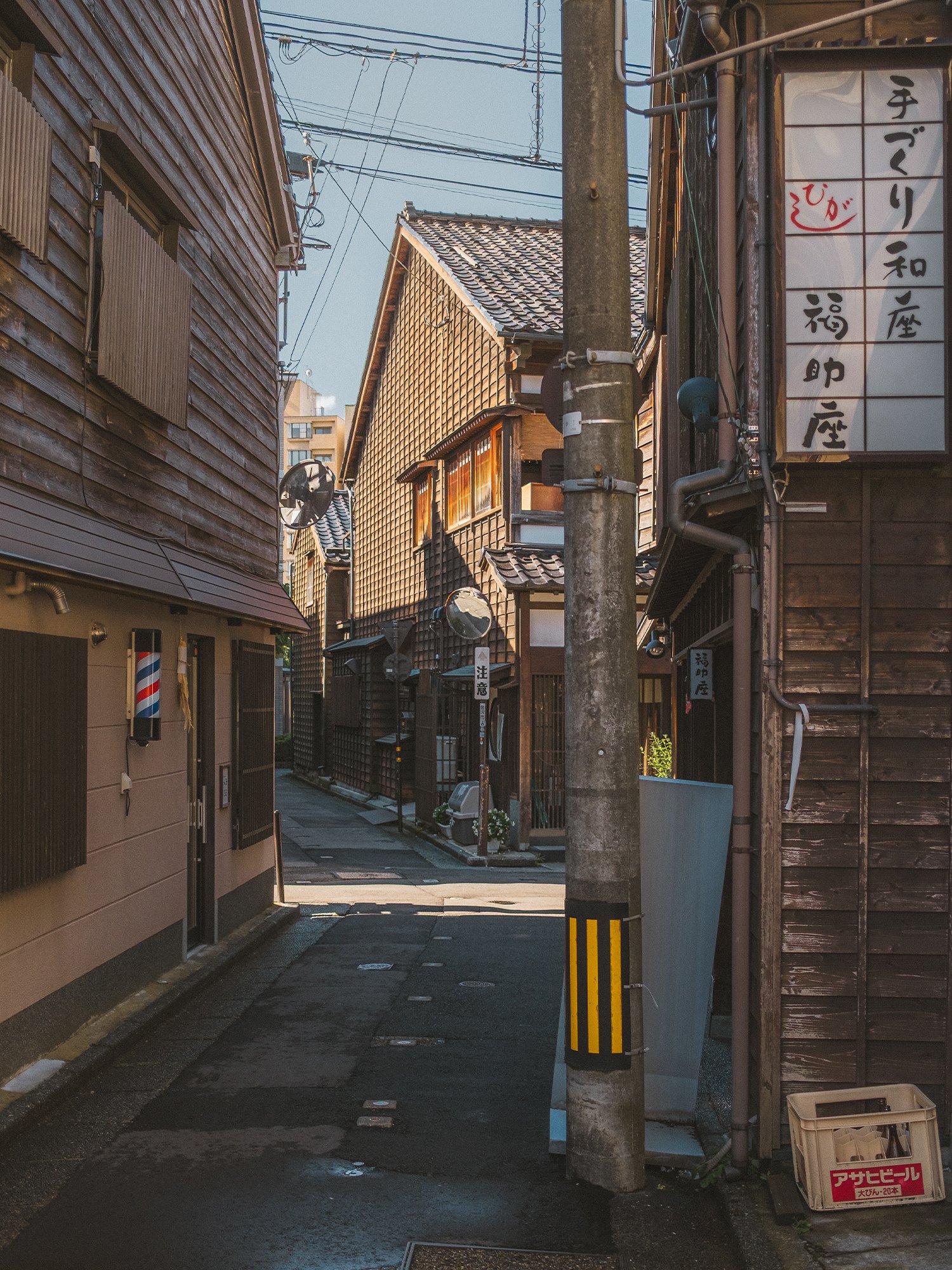
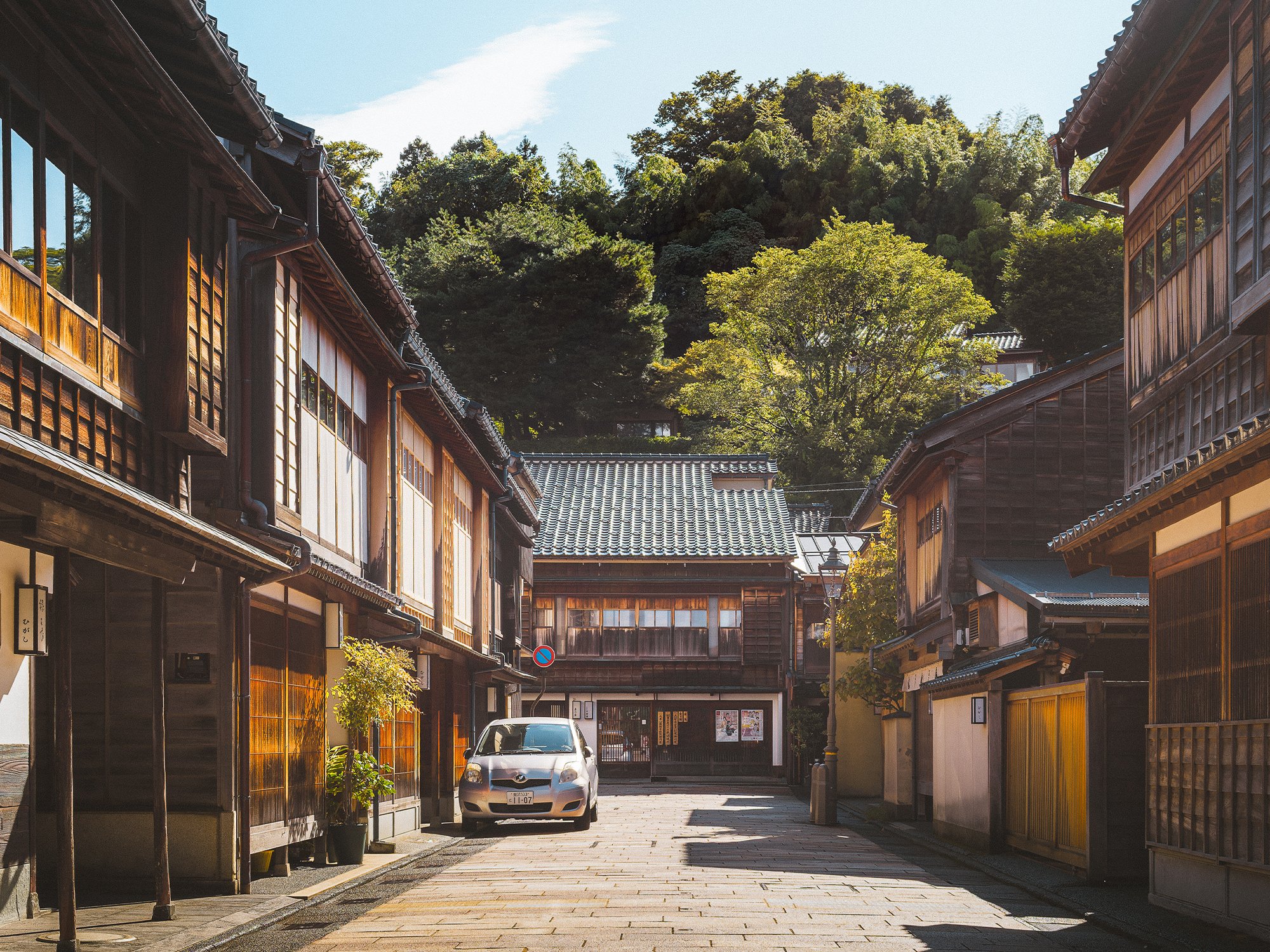

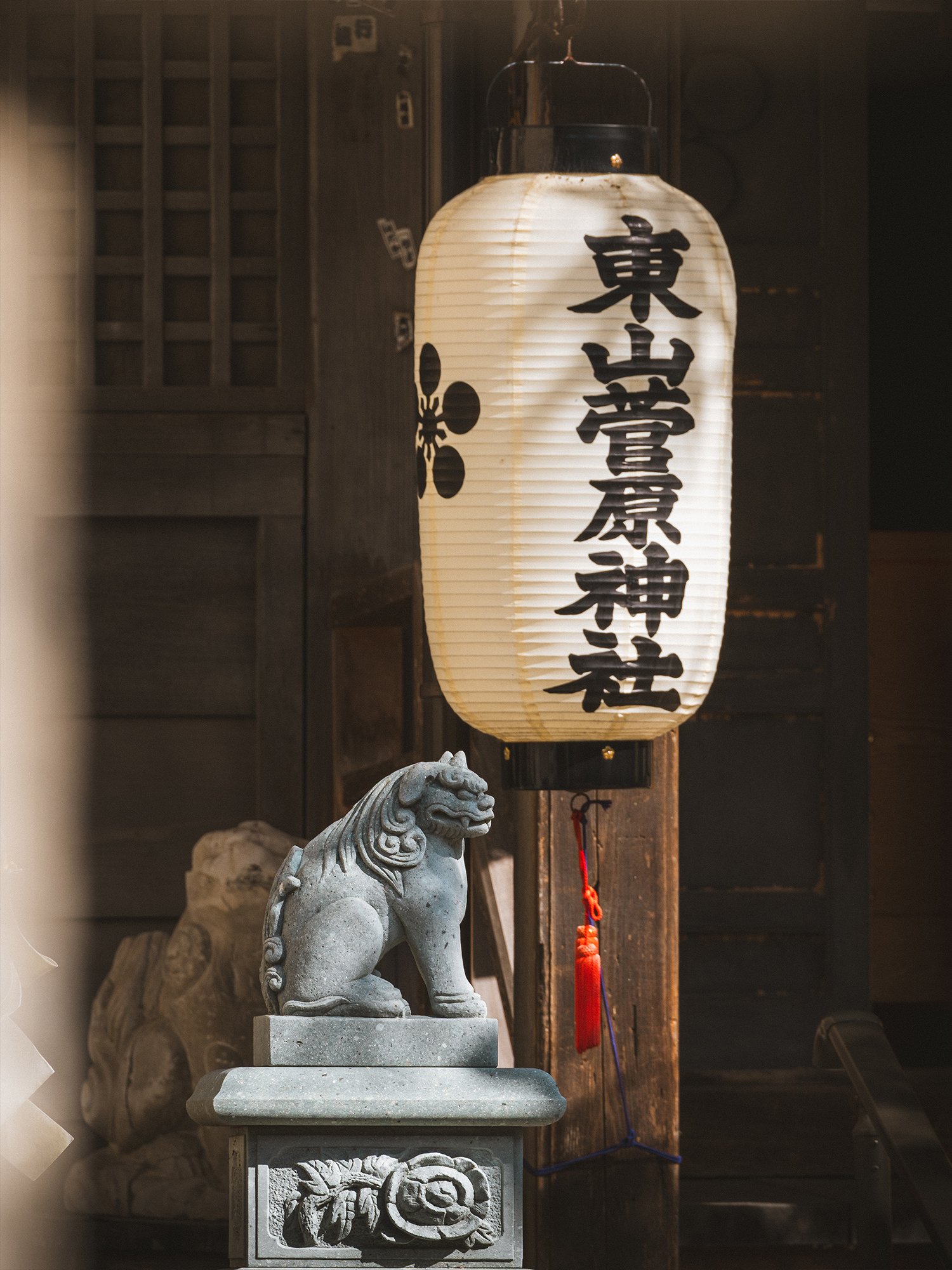
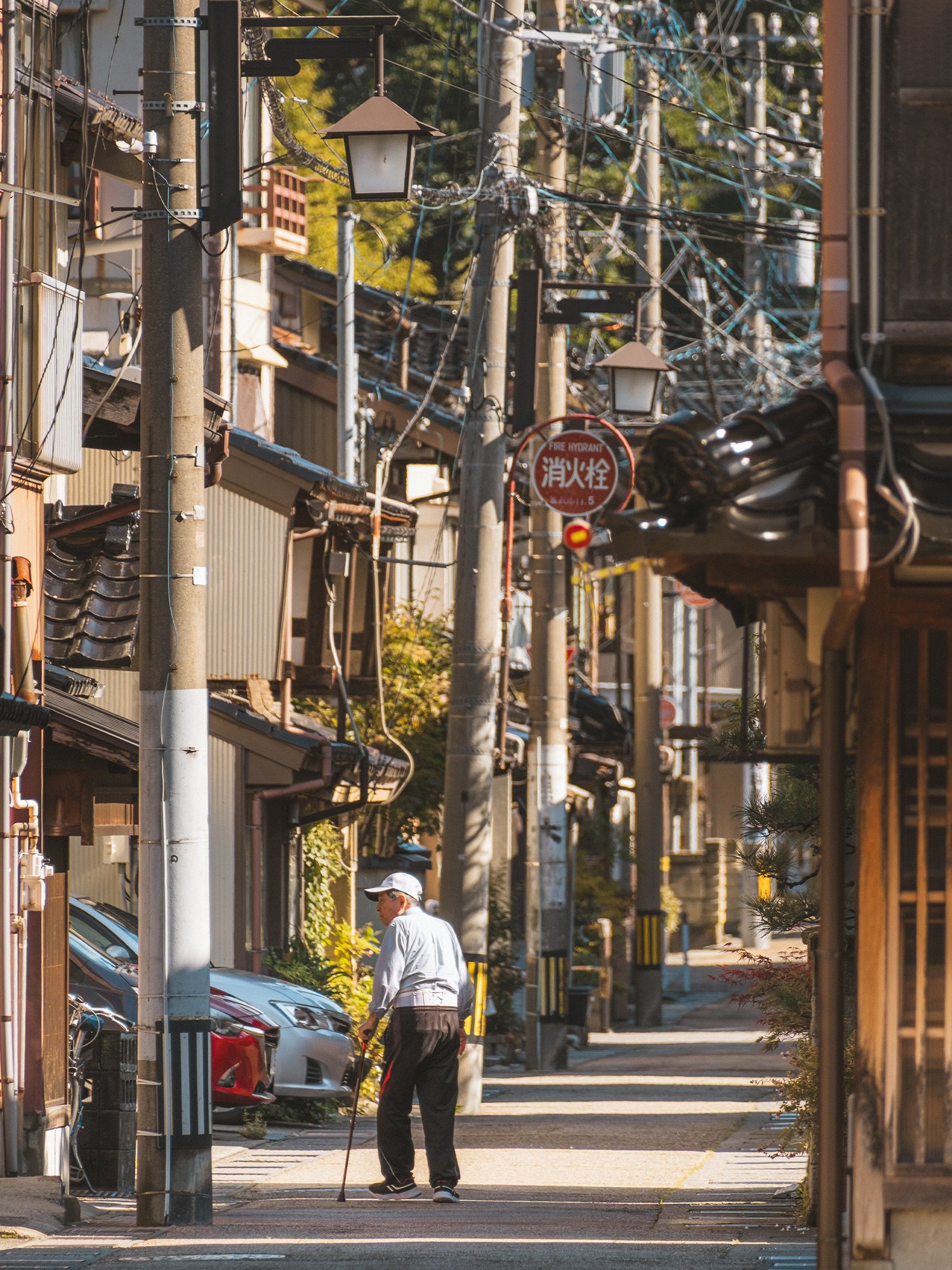
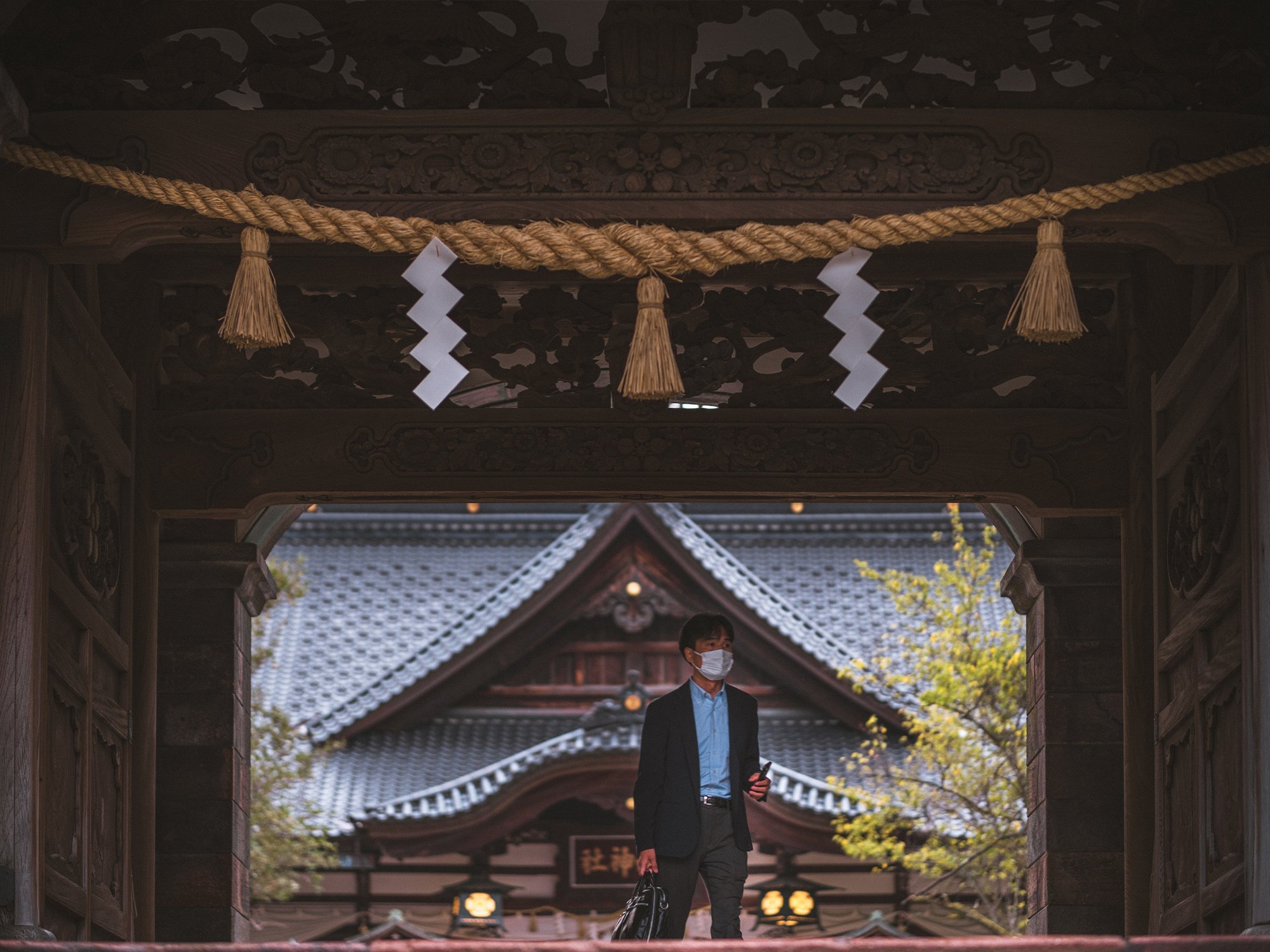
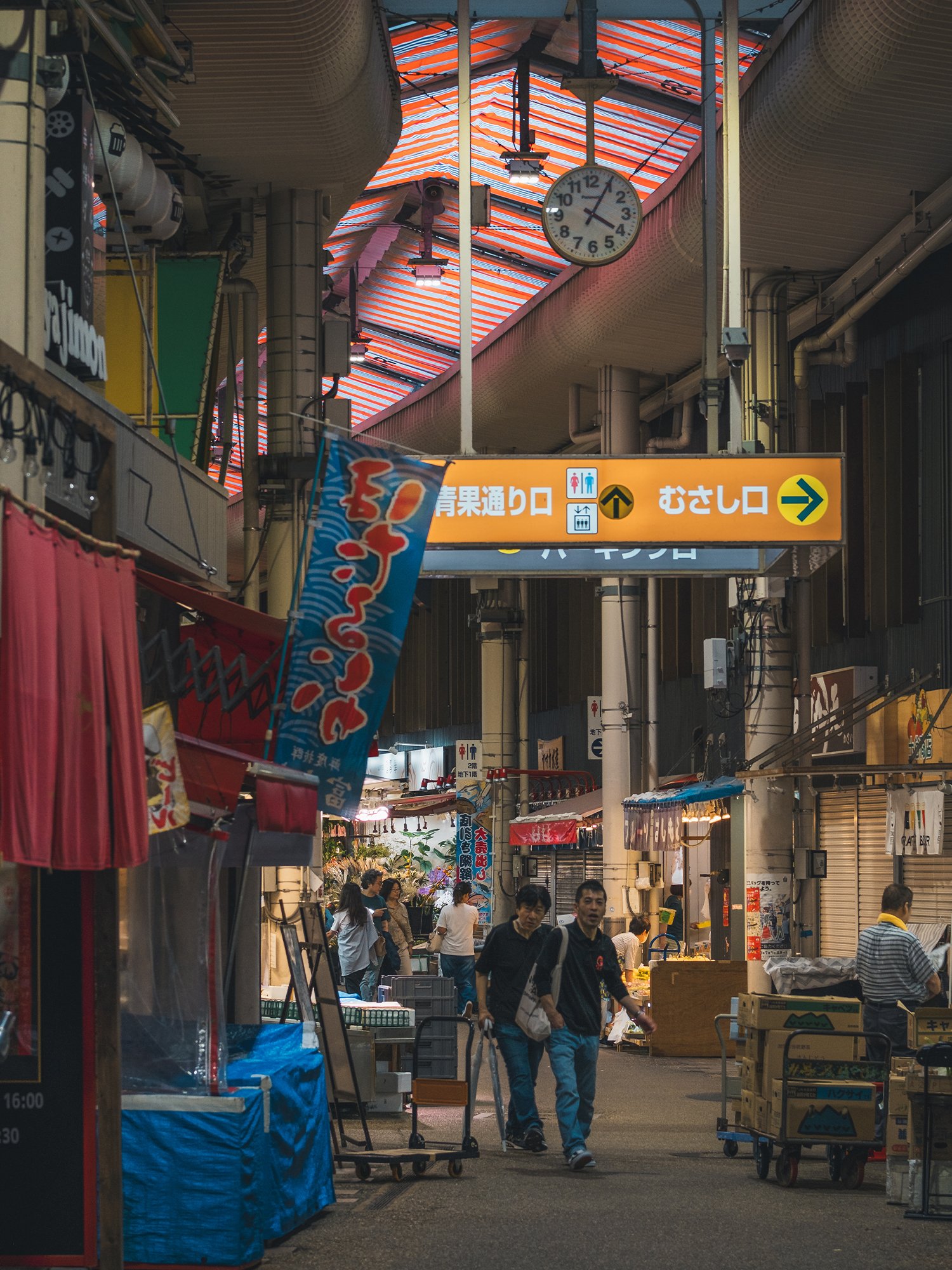

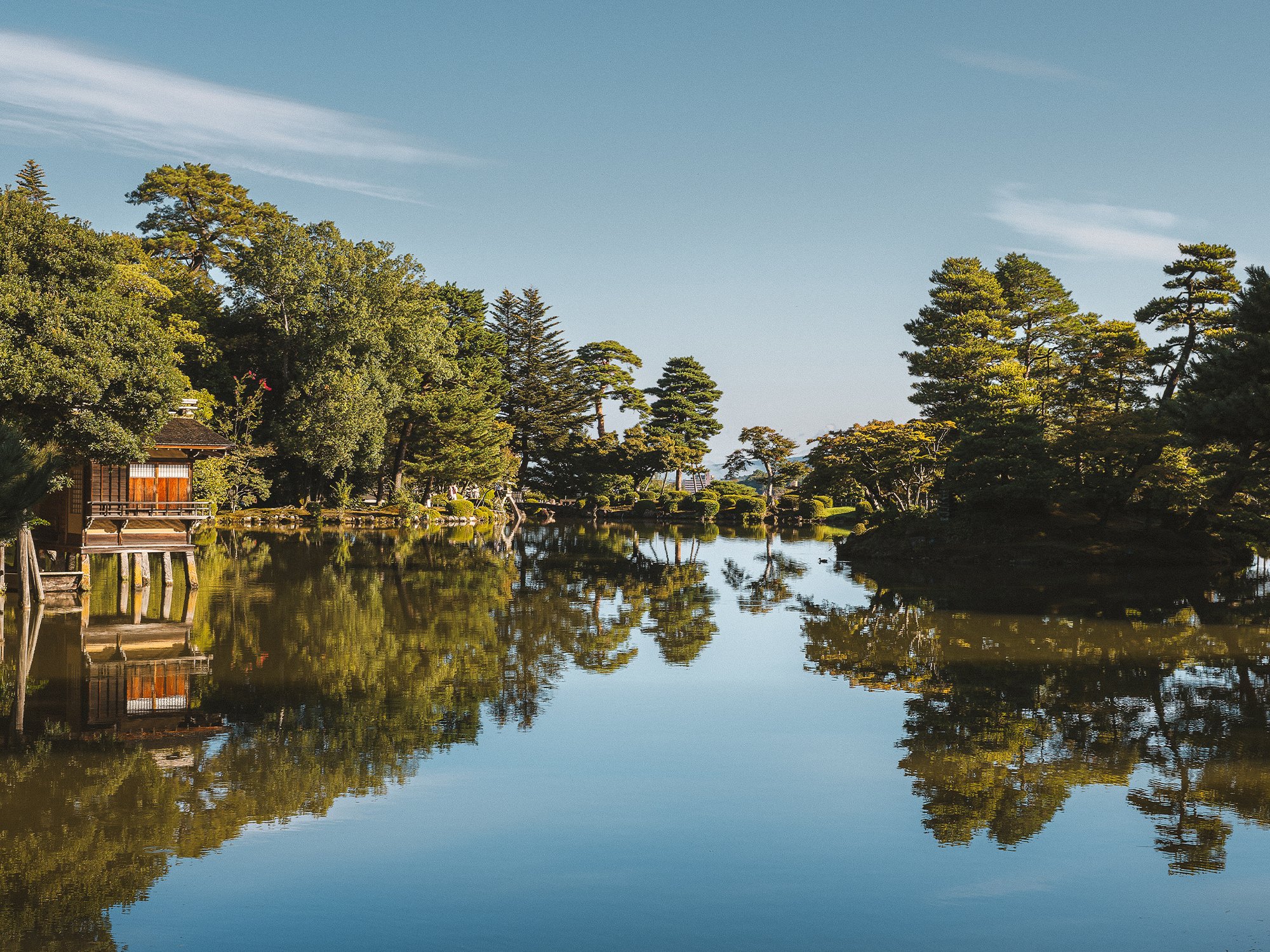
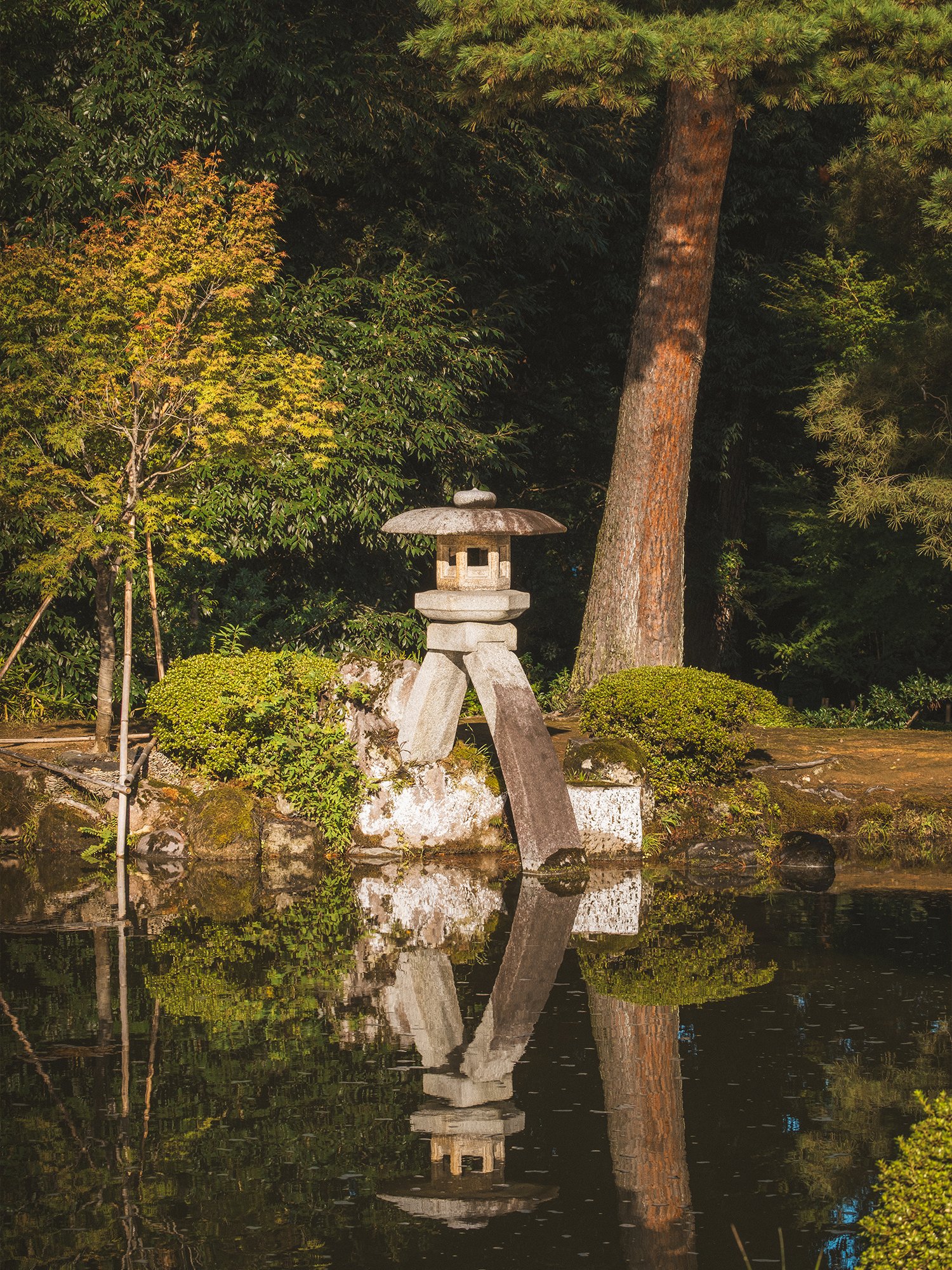
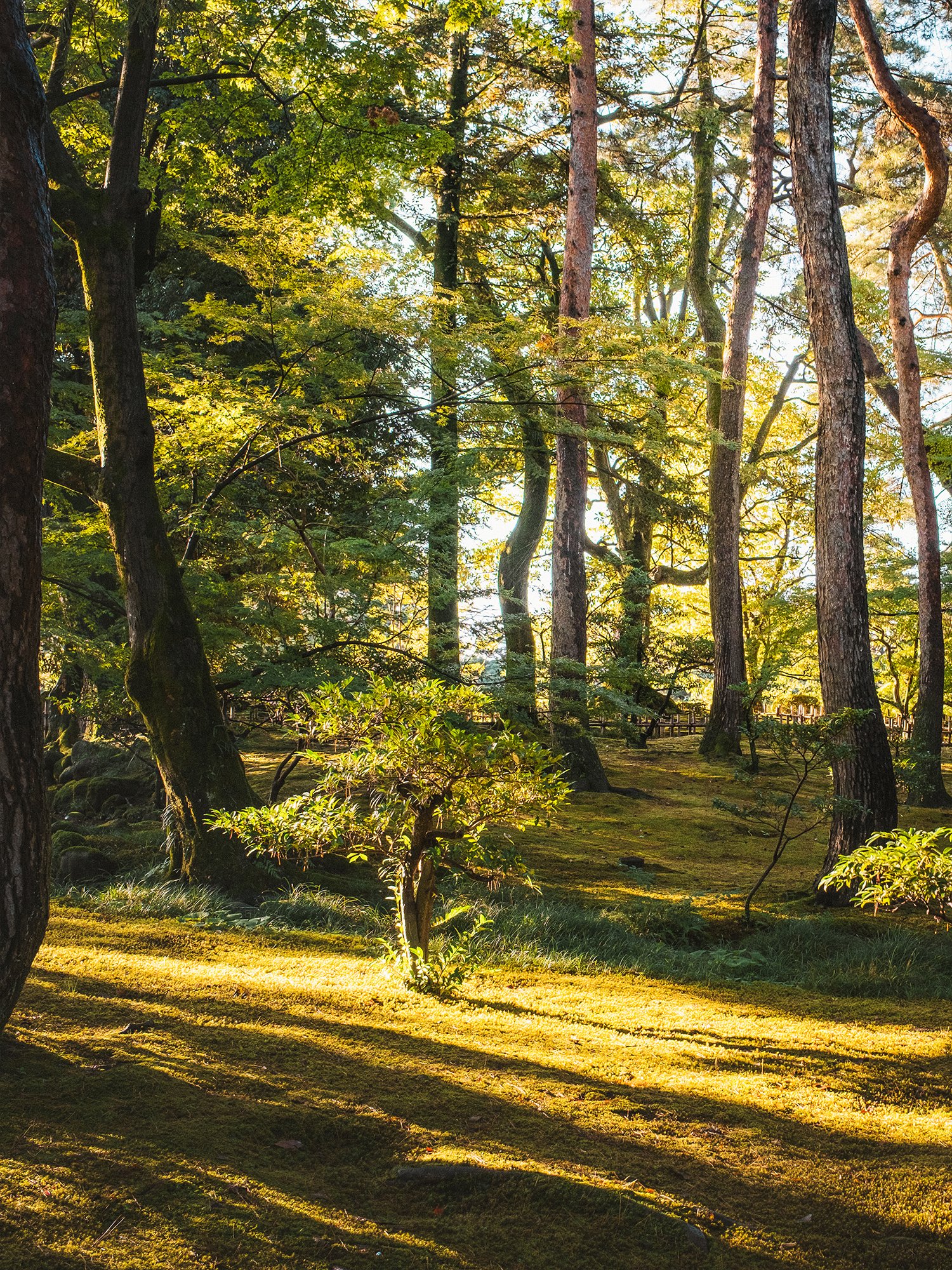

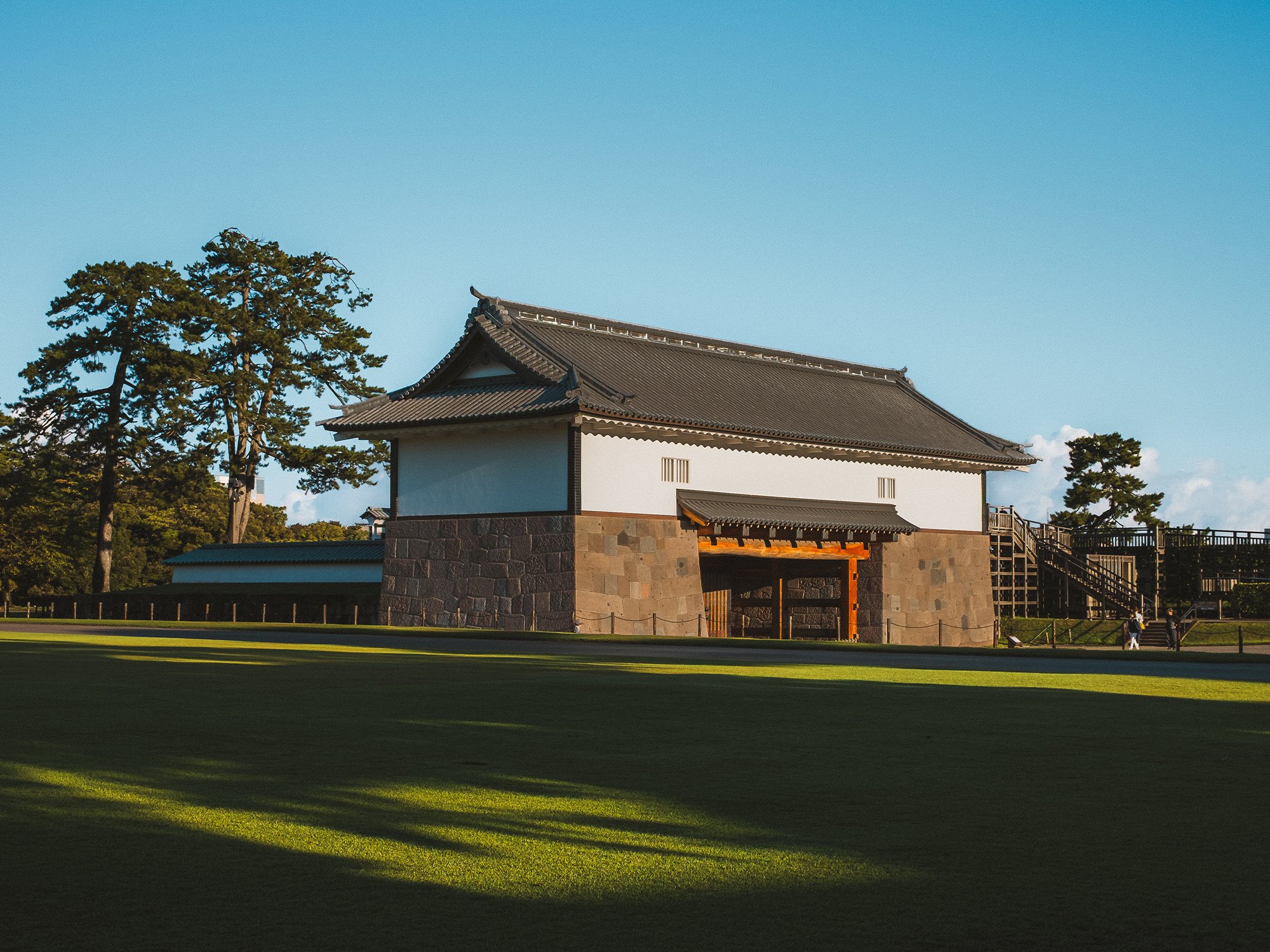



2025 Gallery


